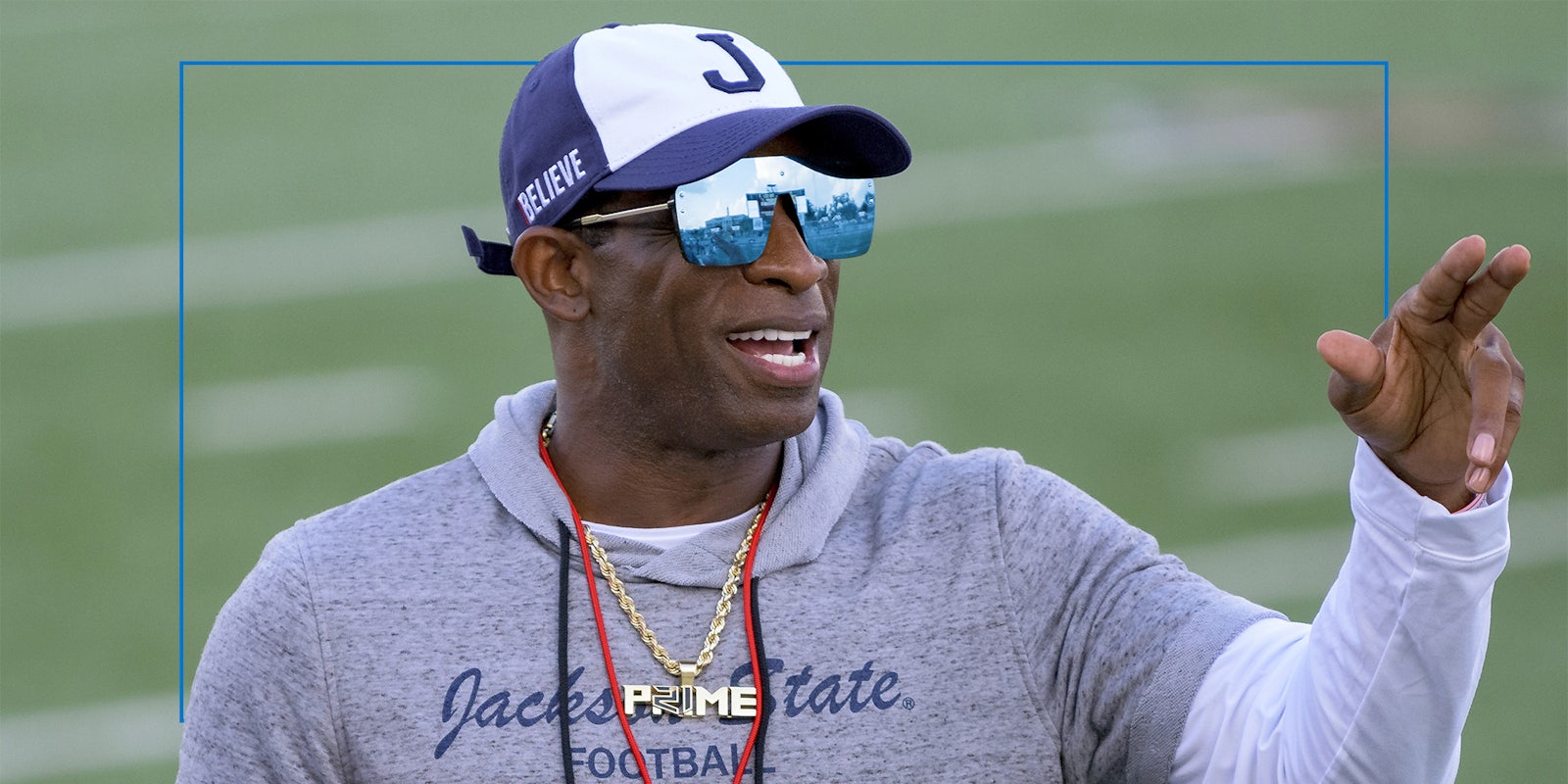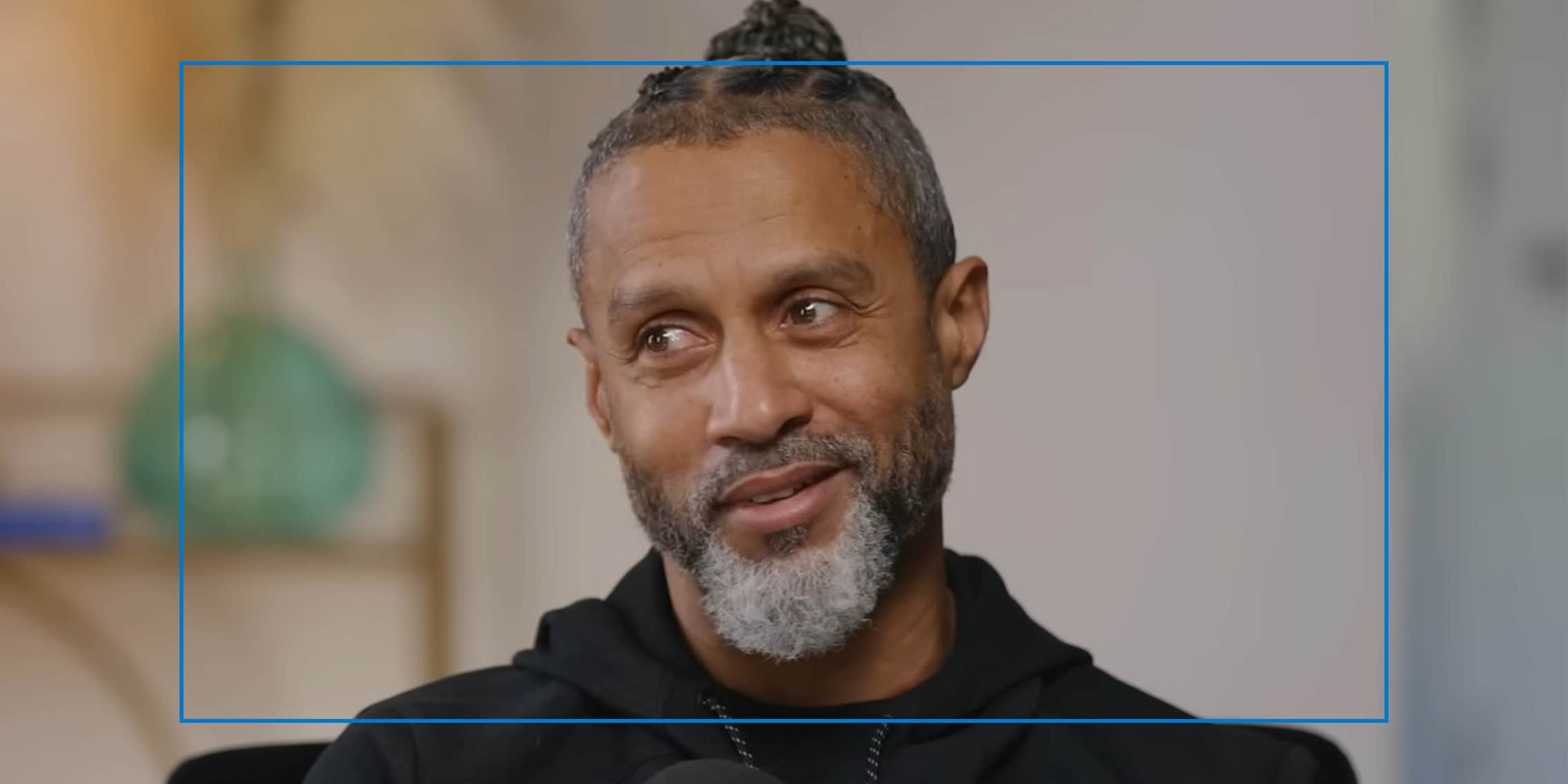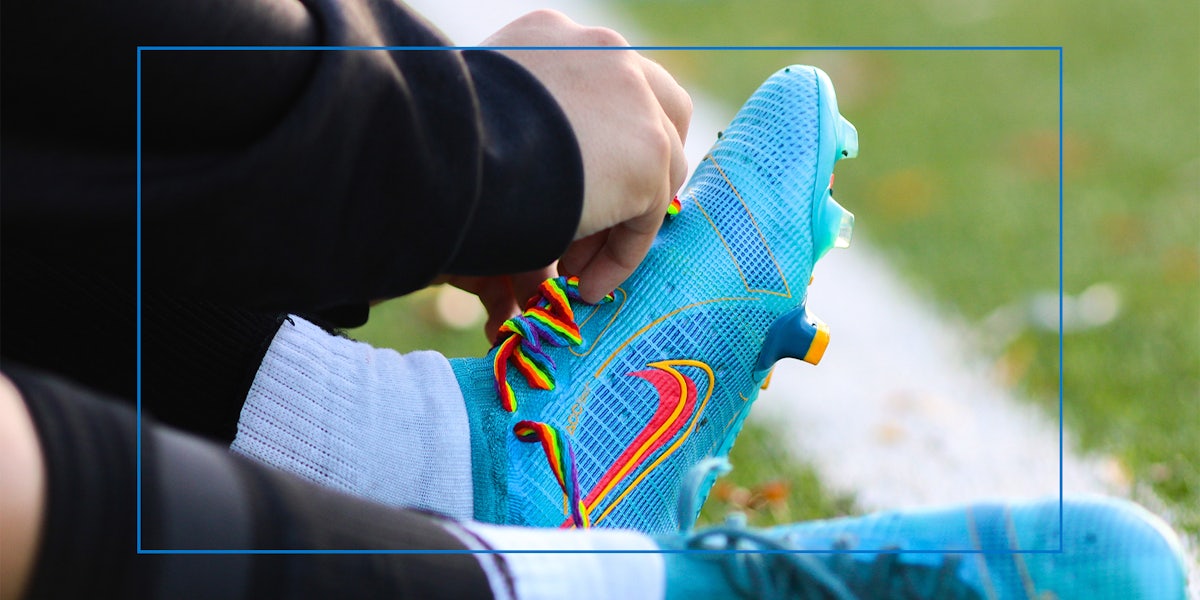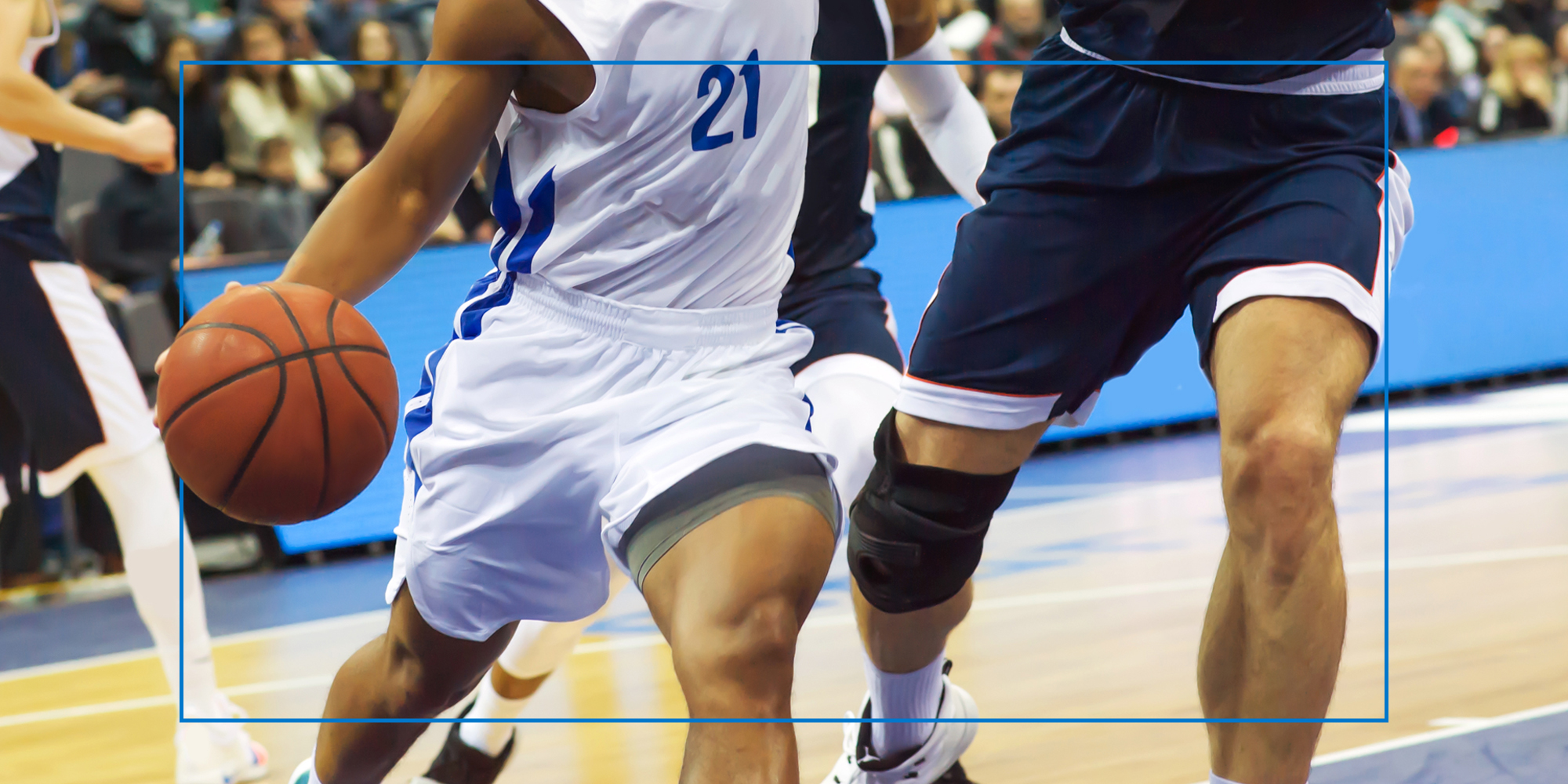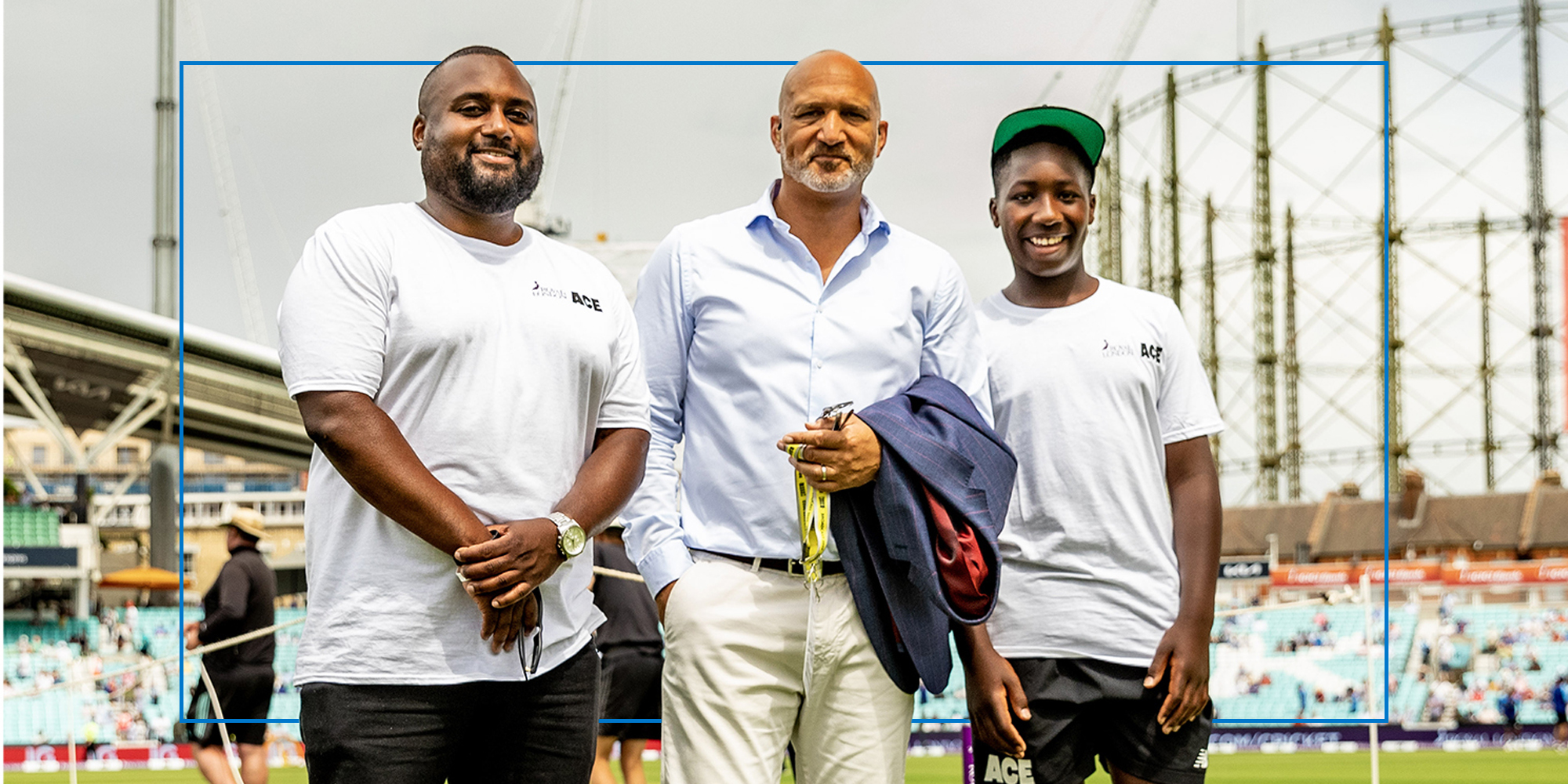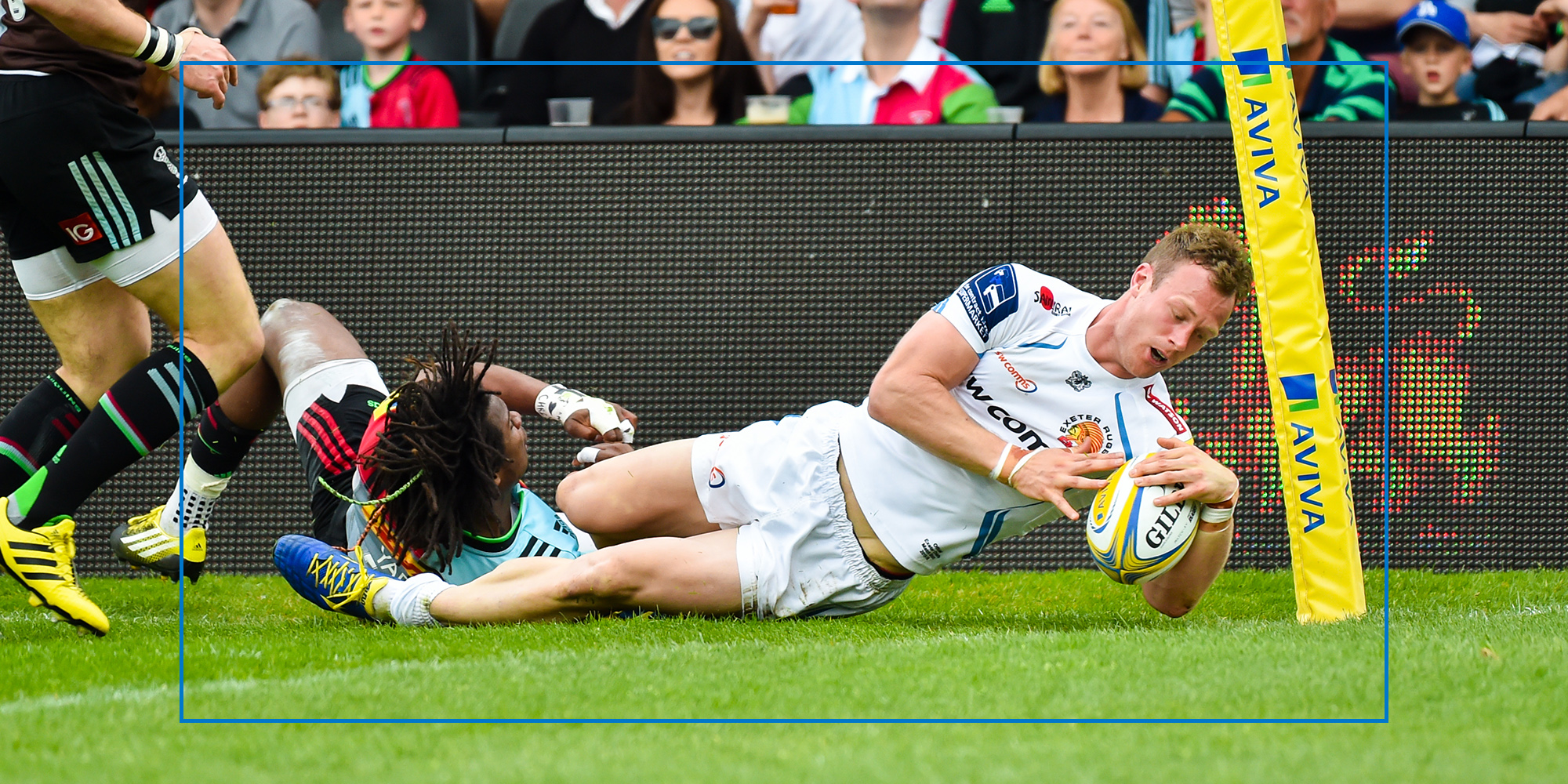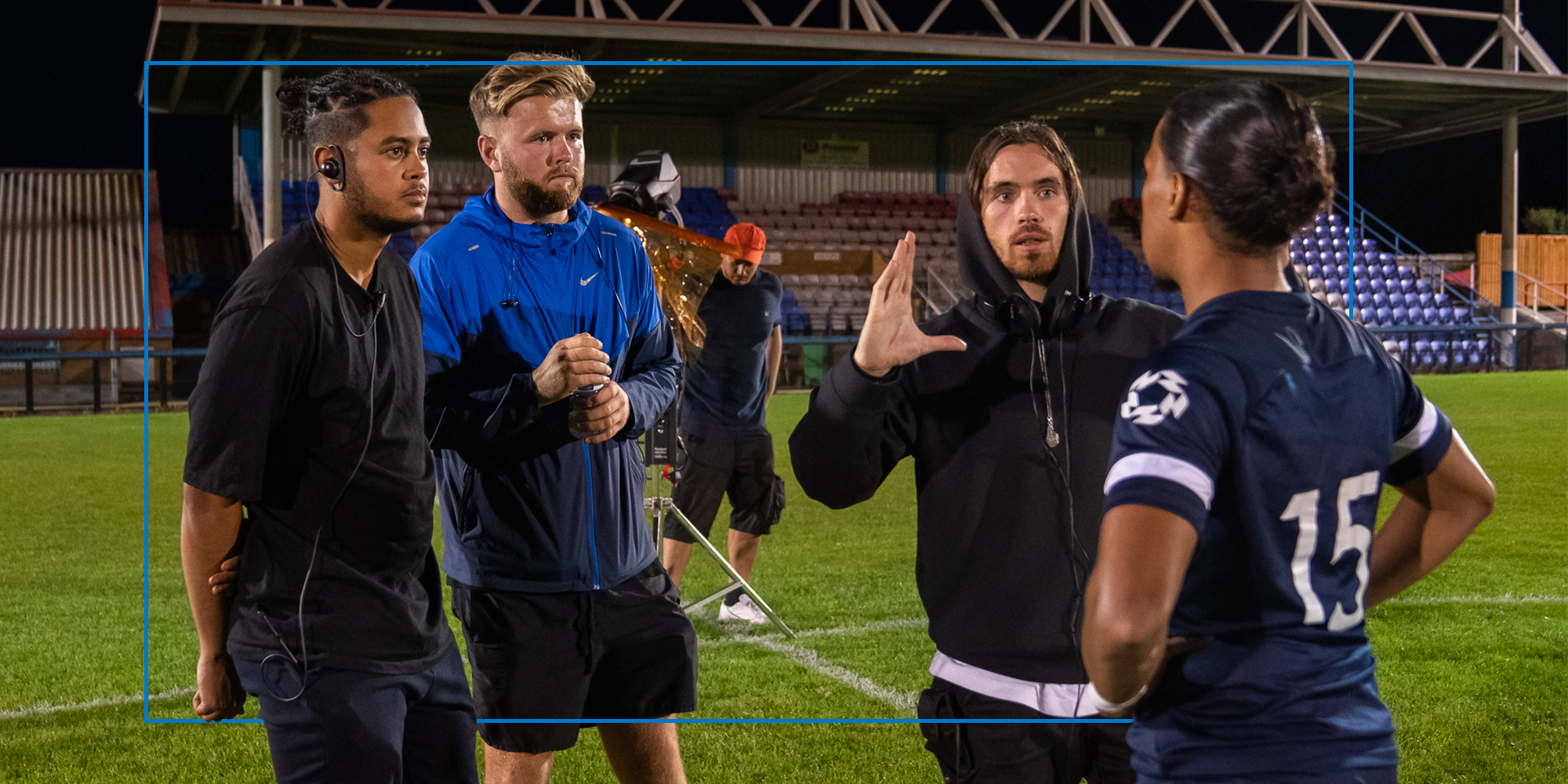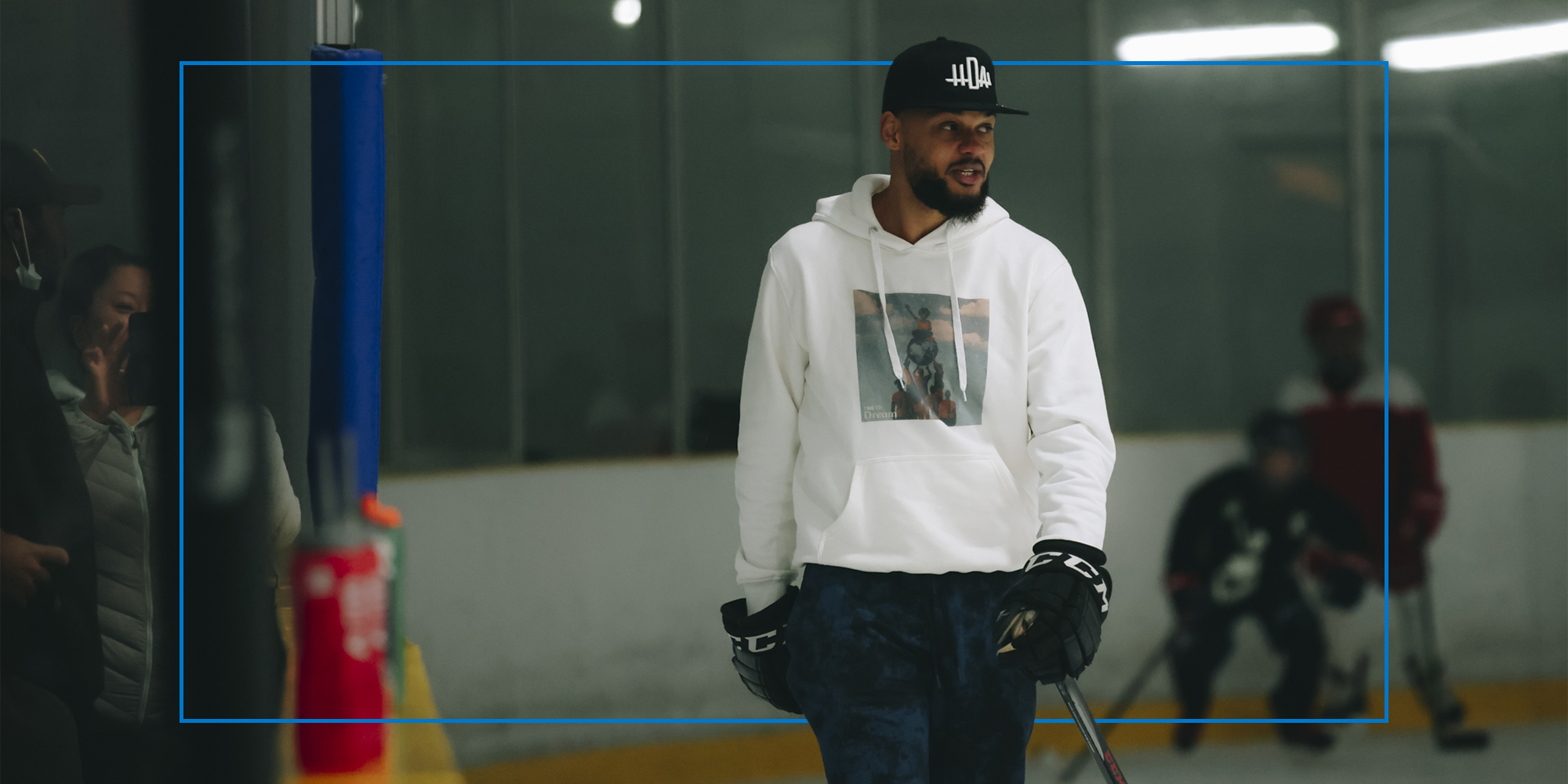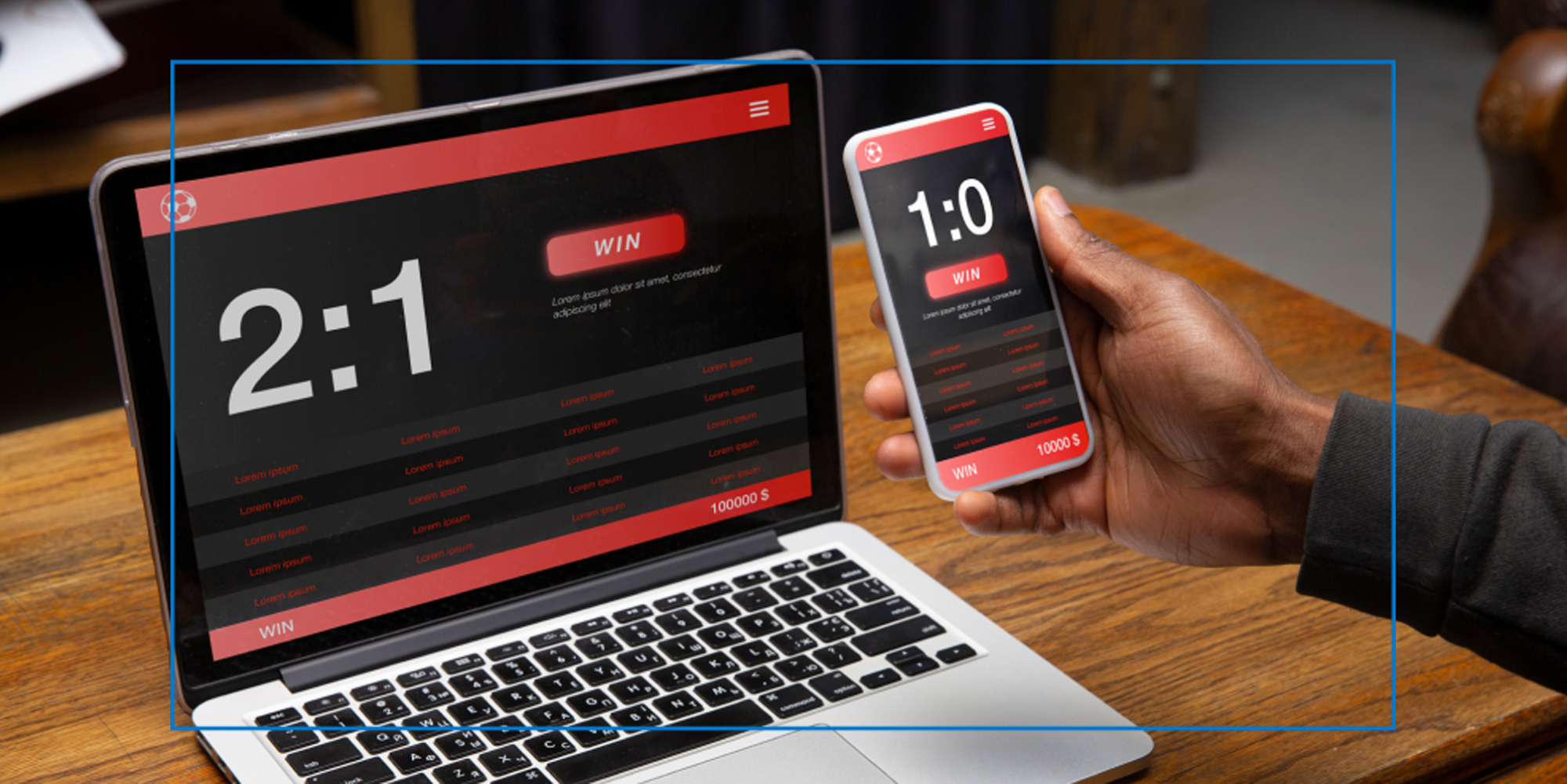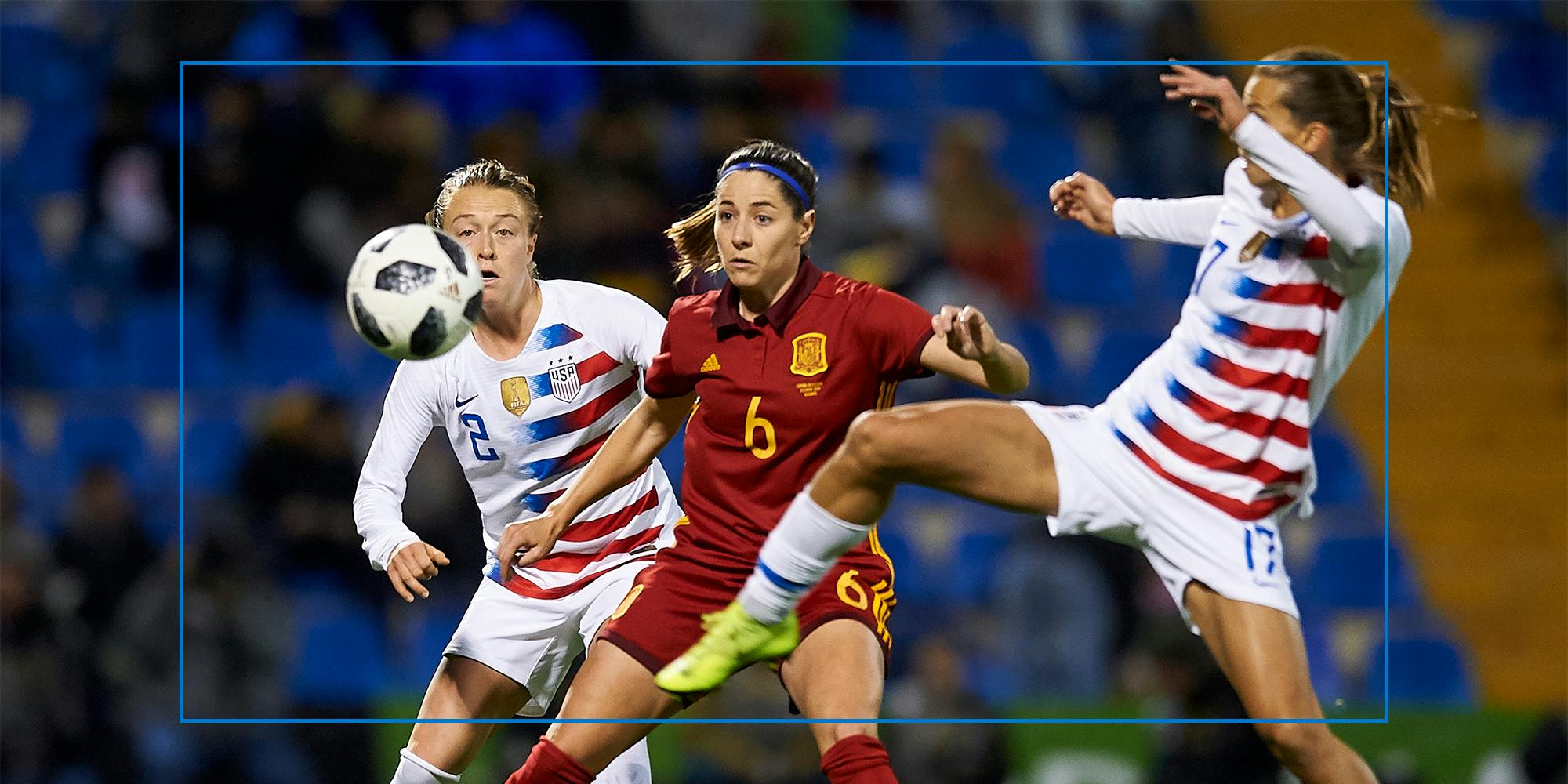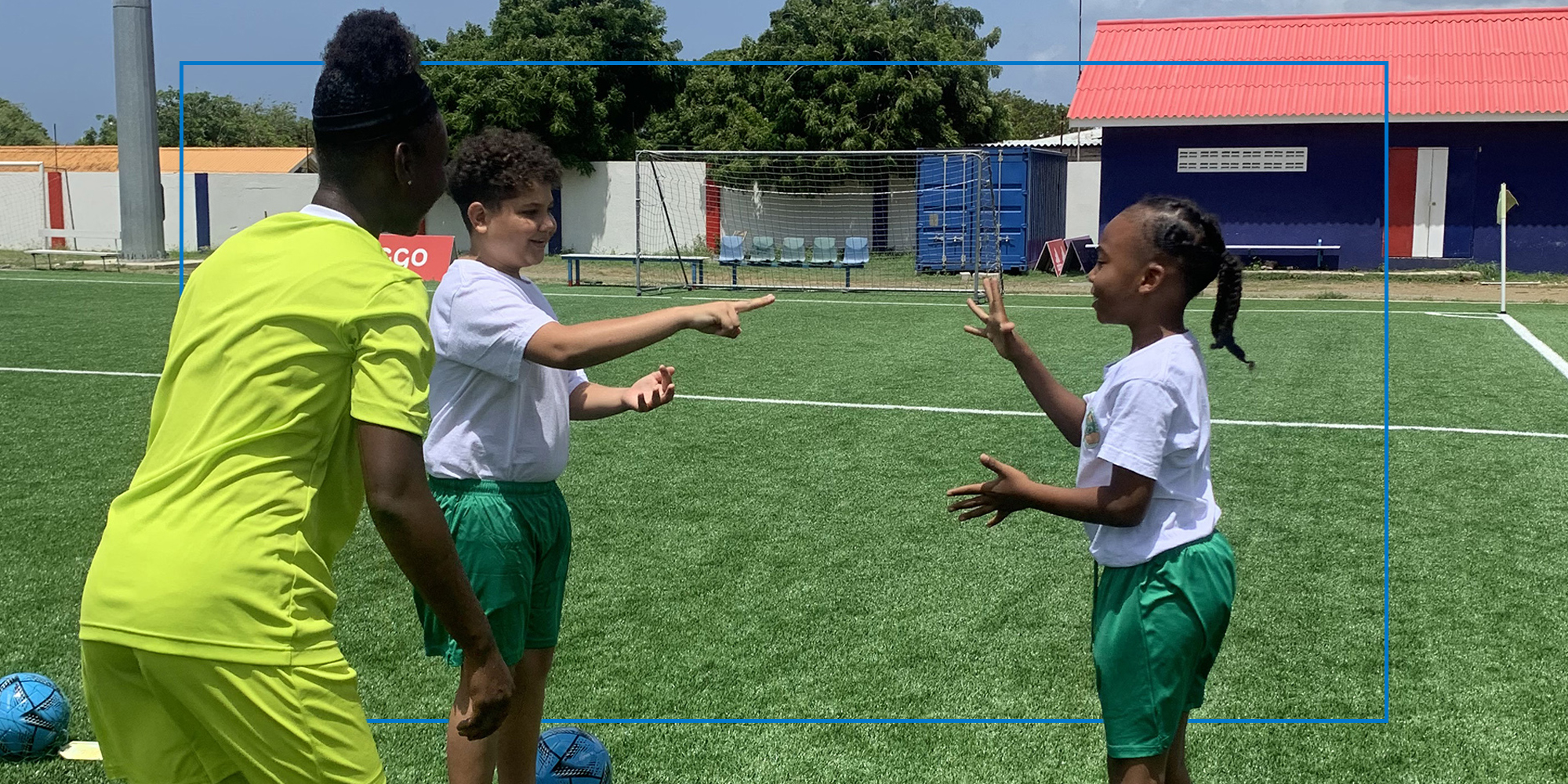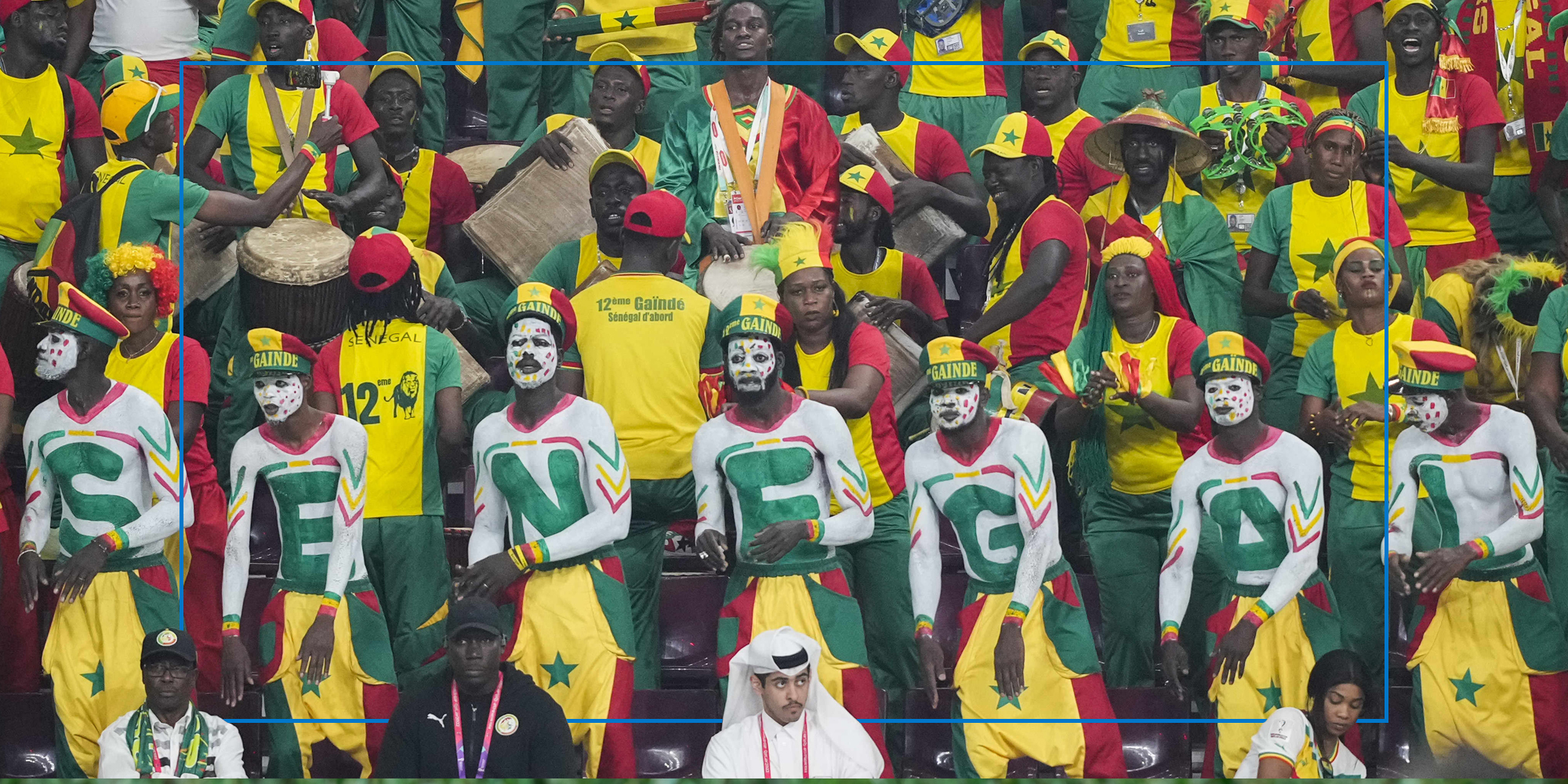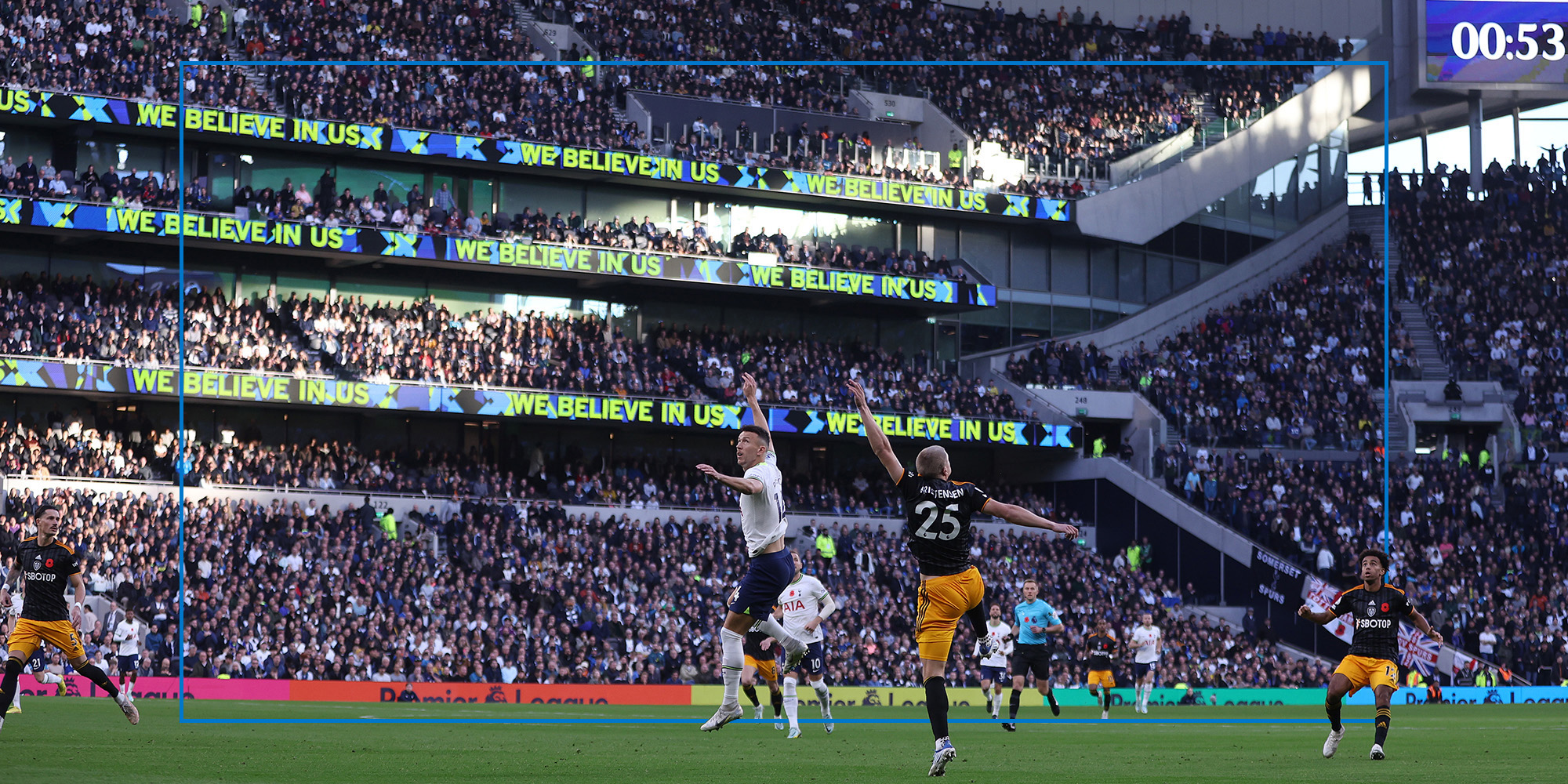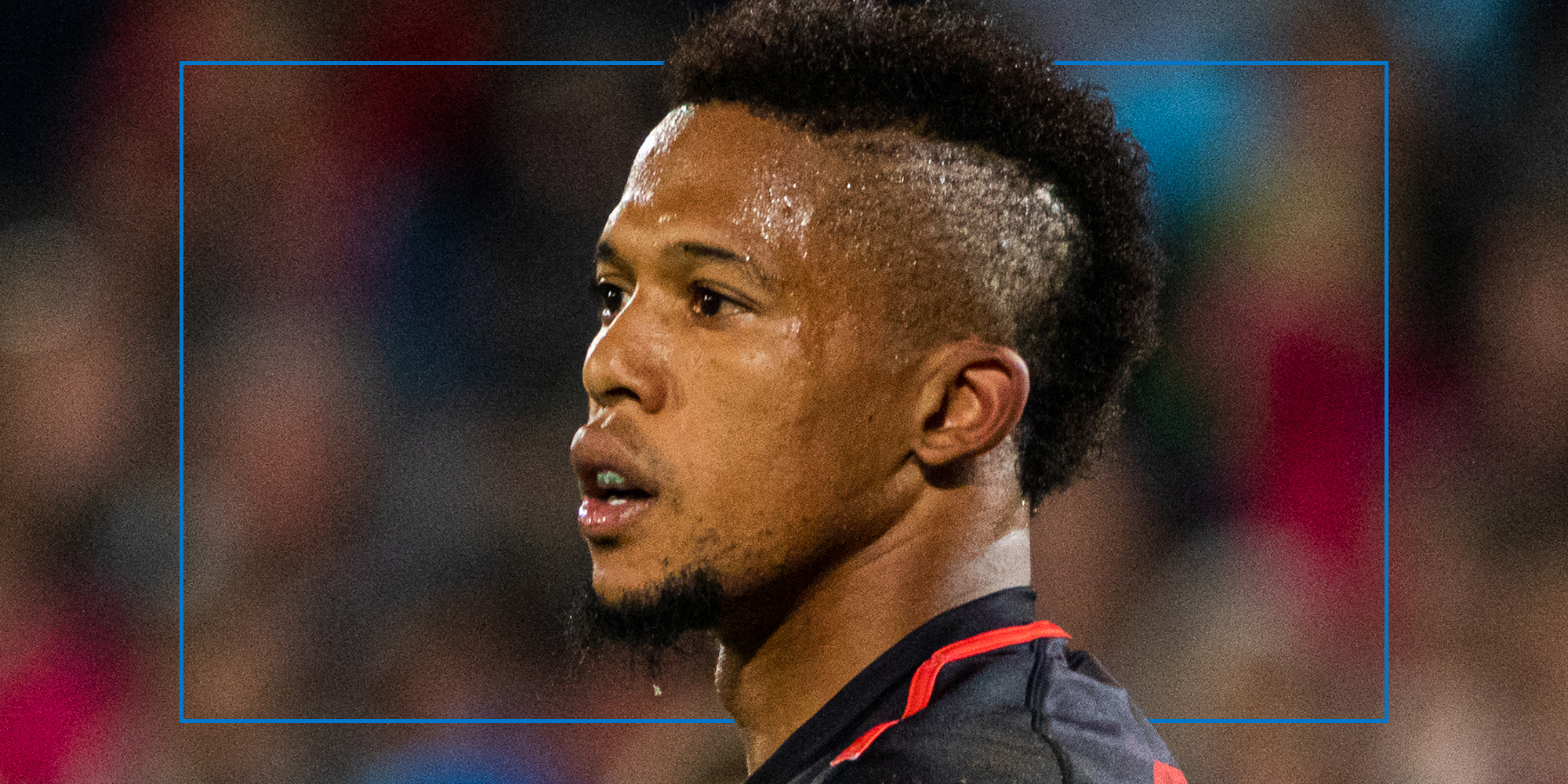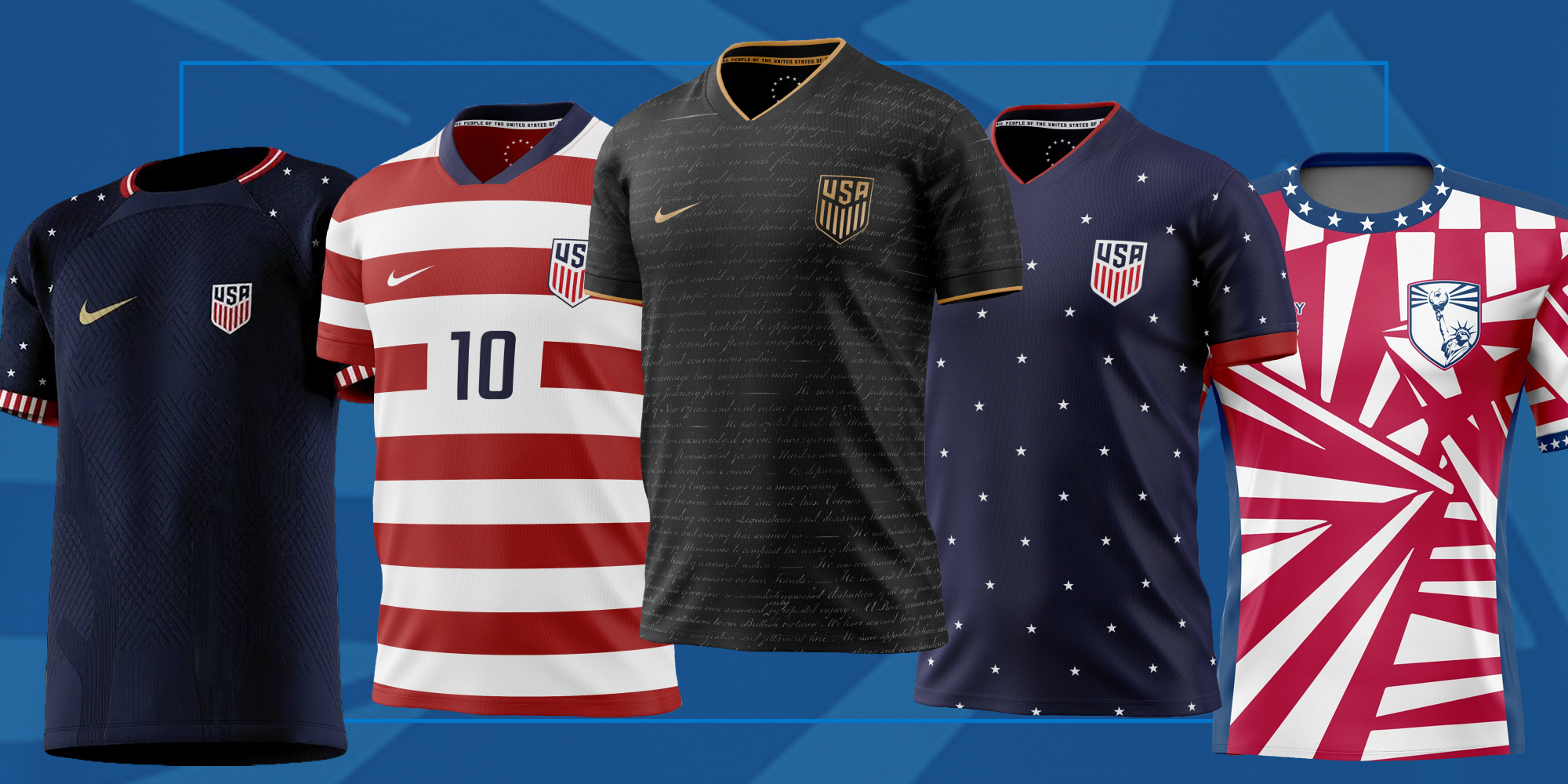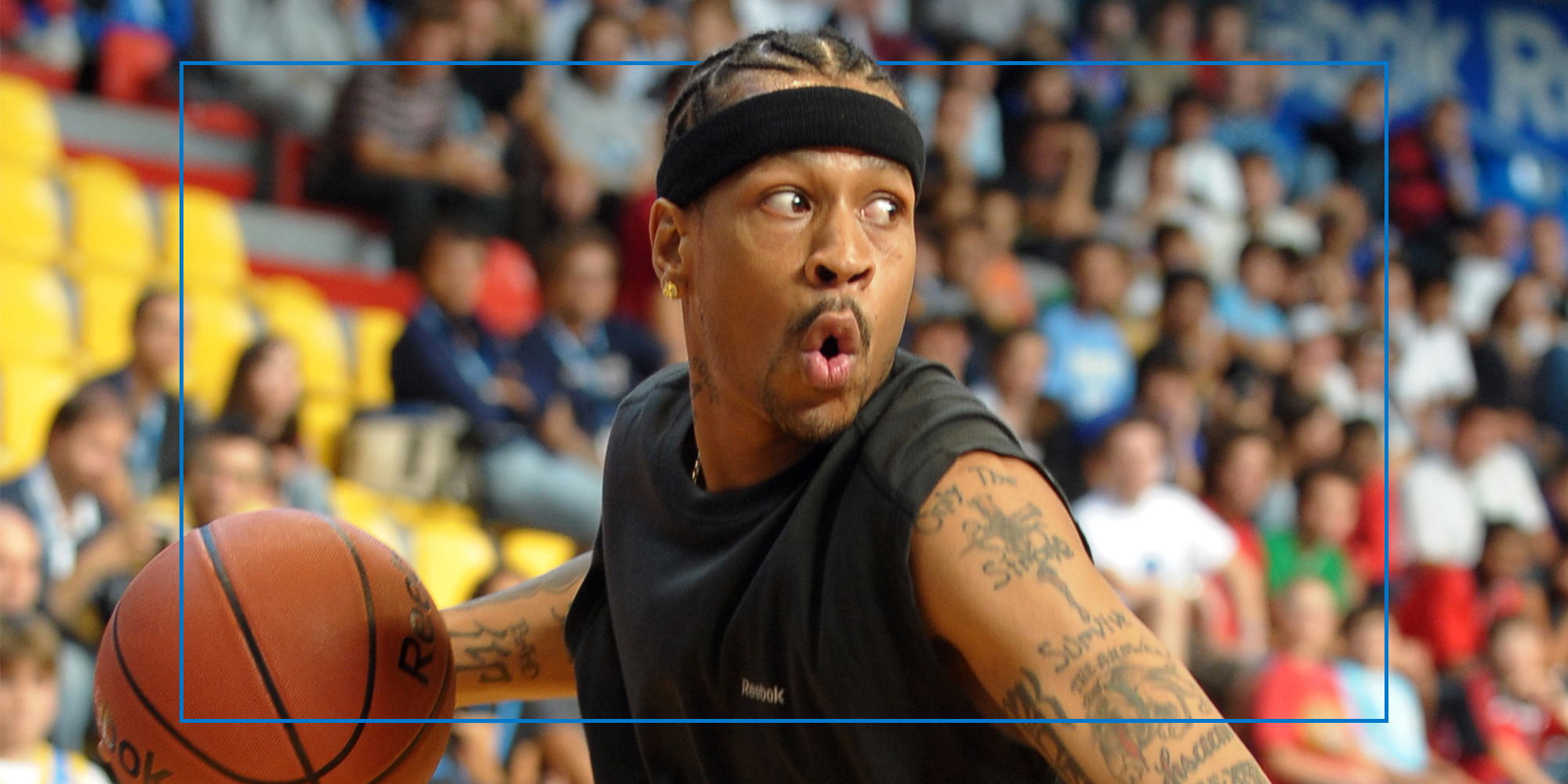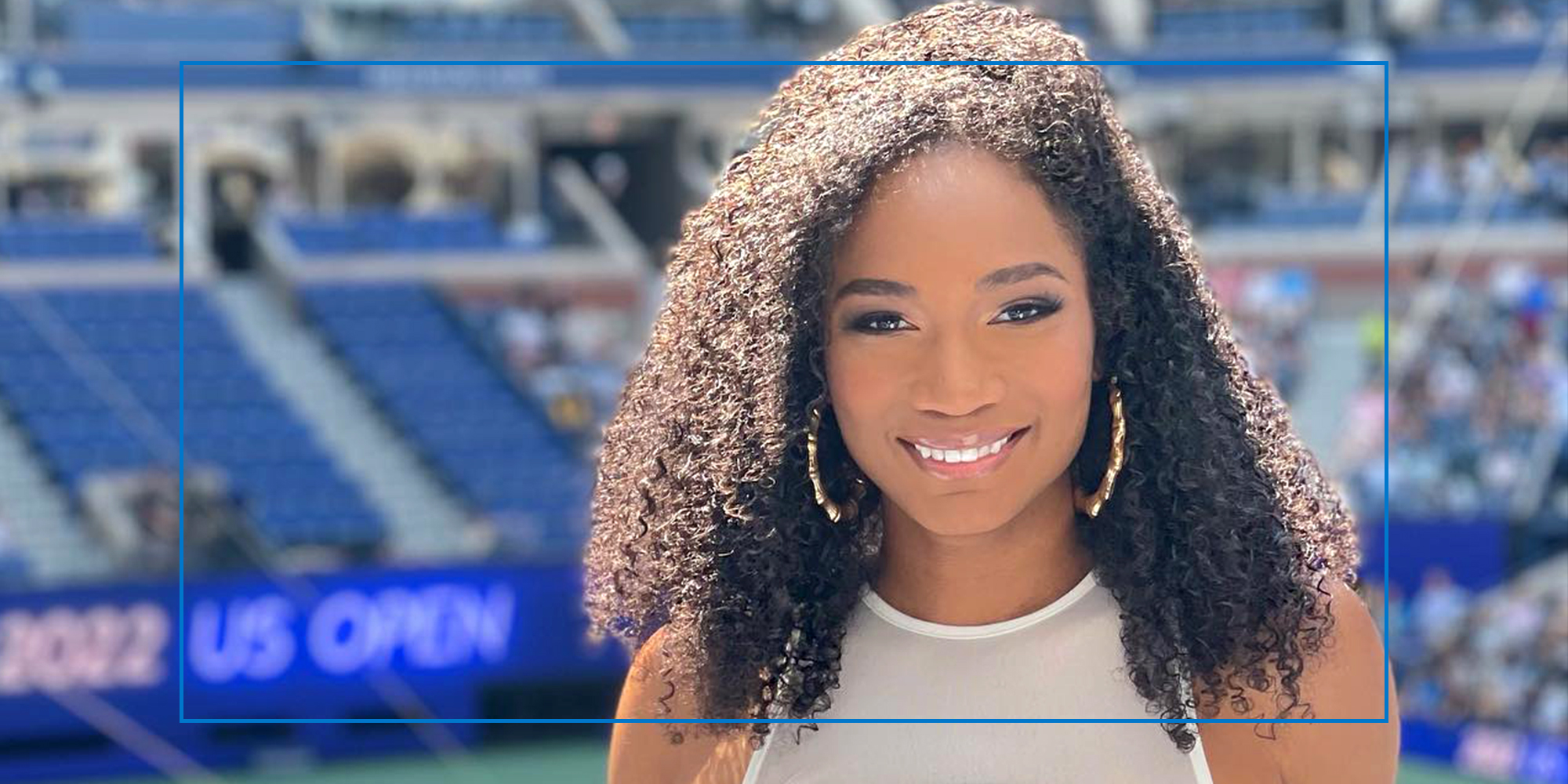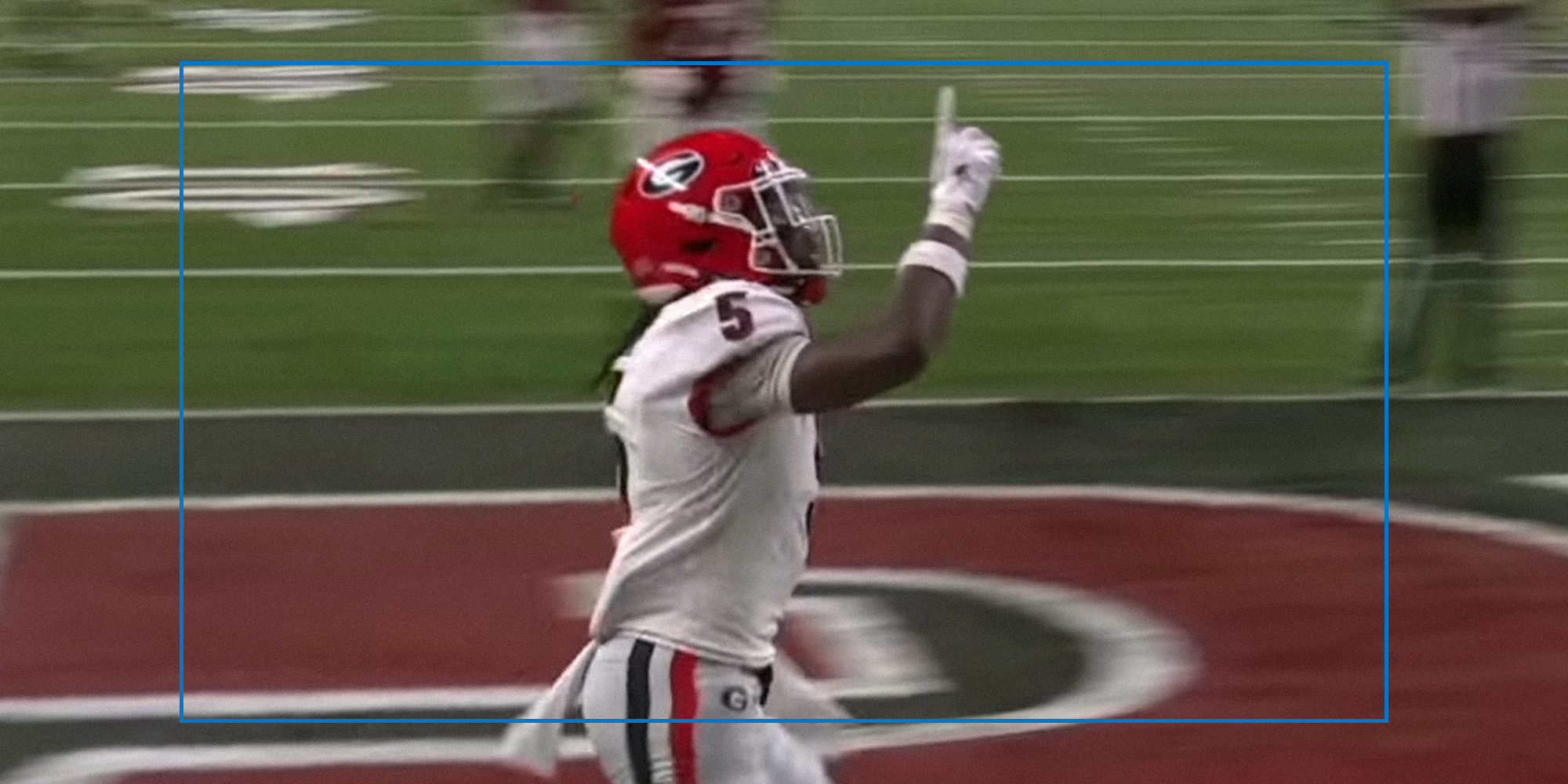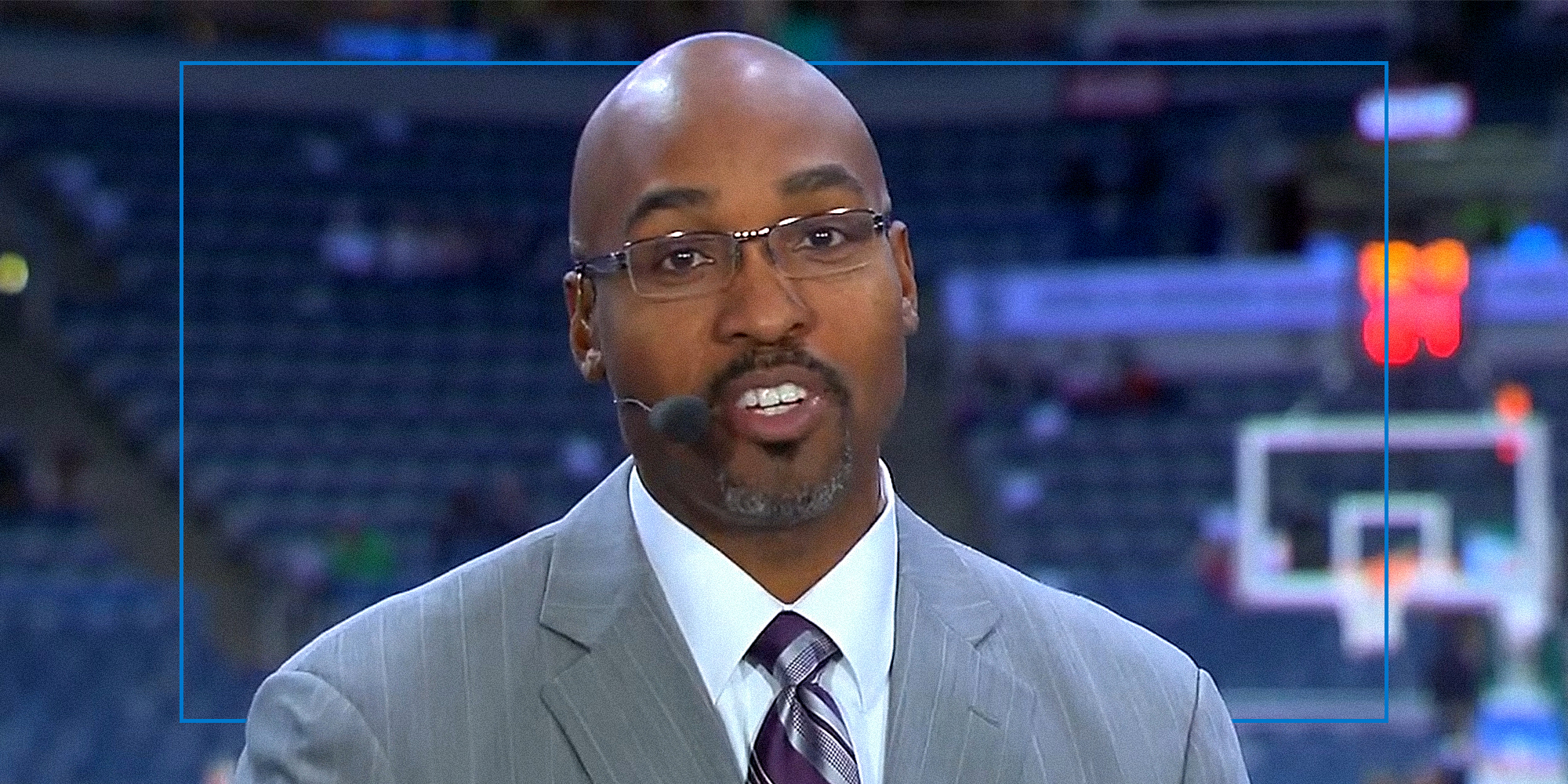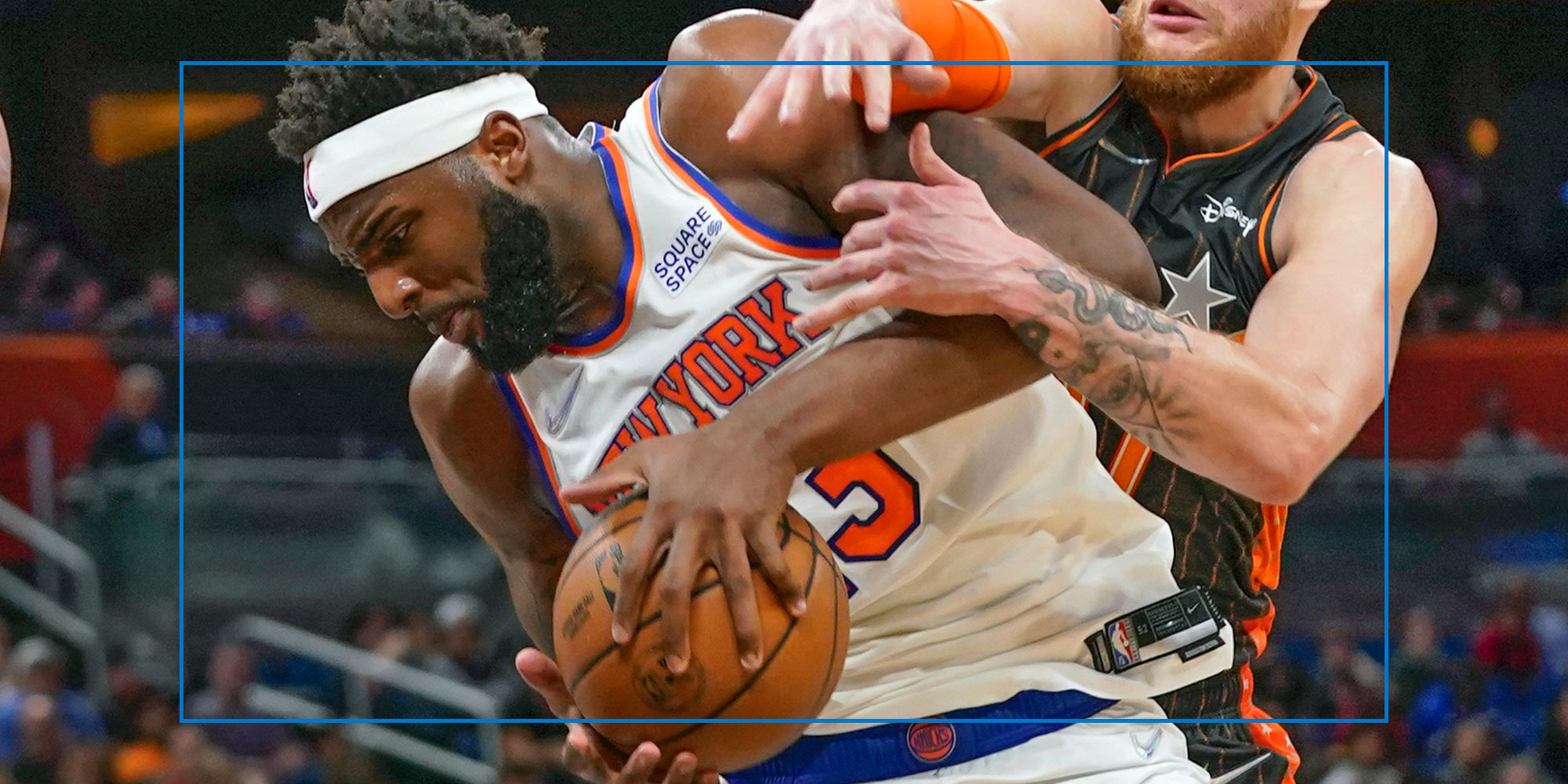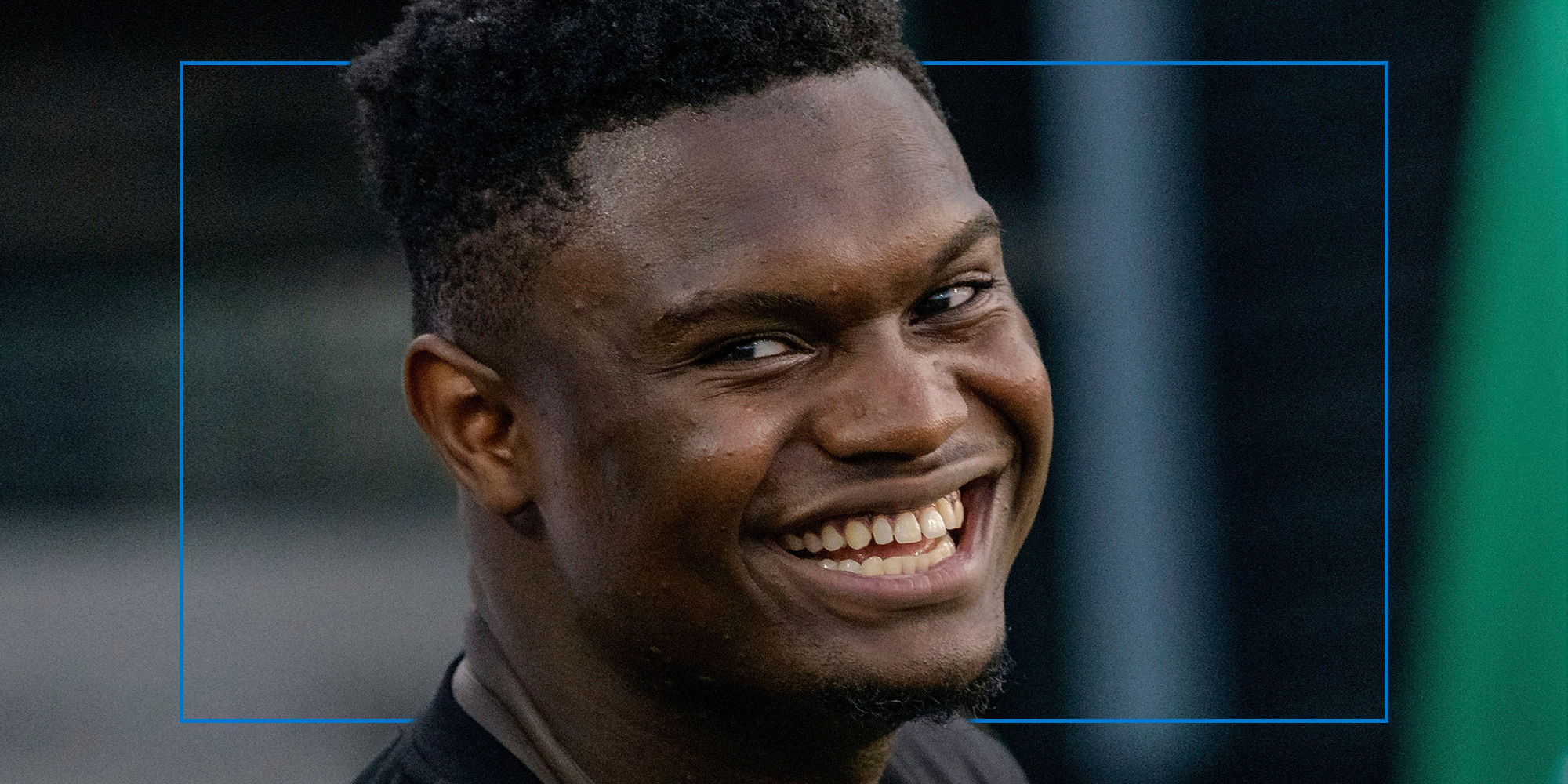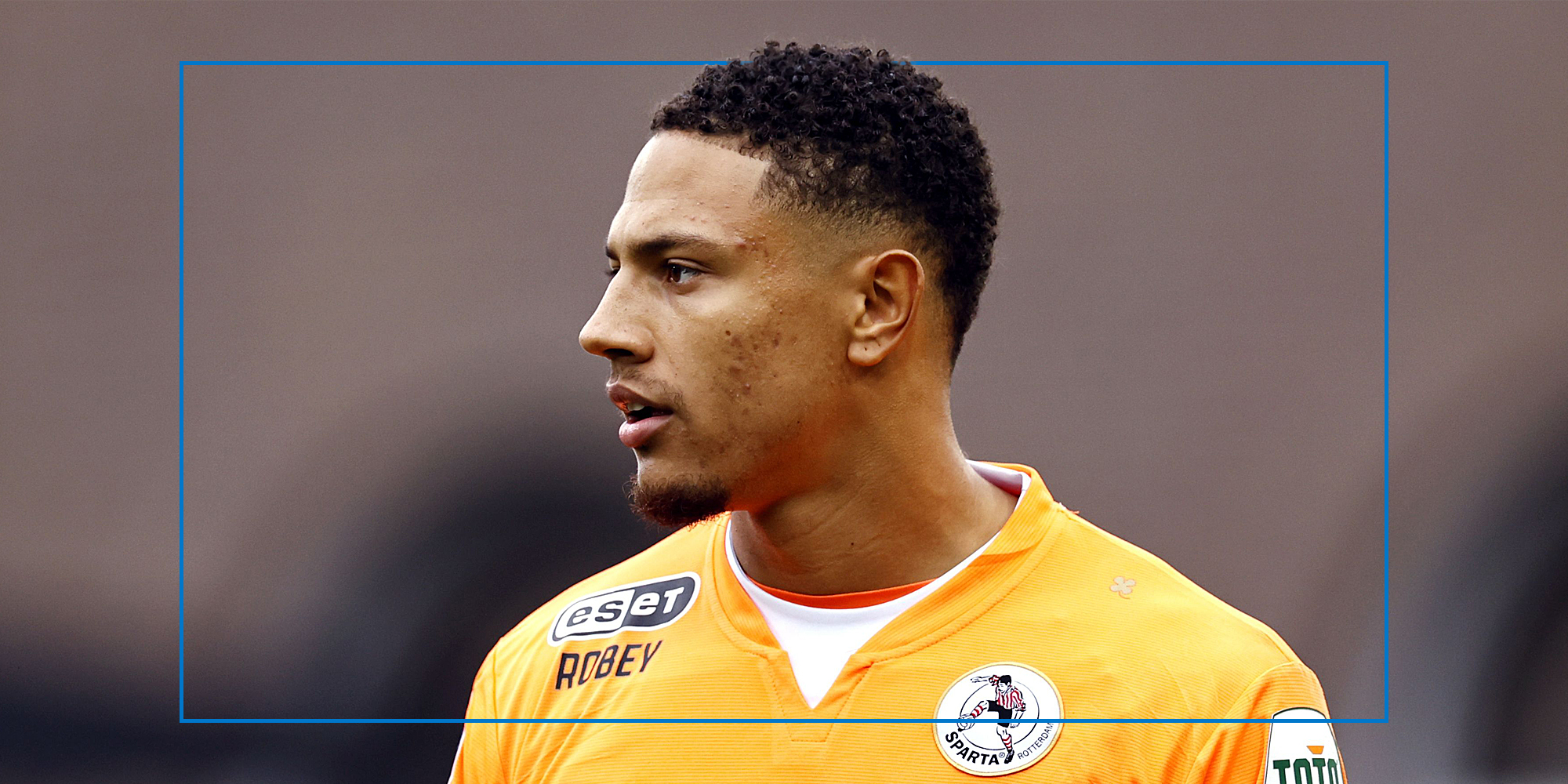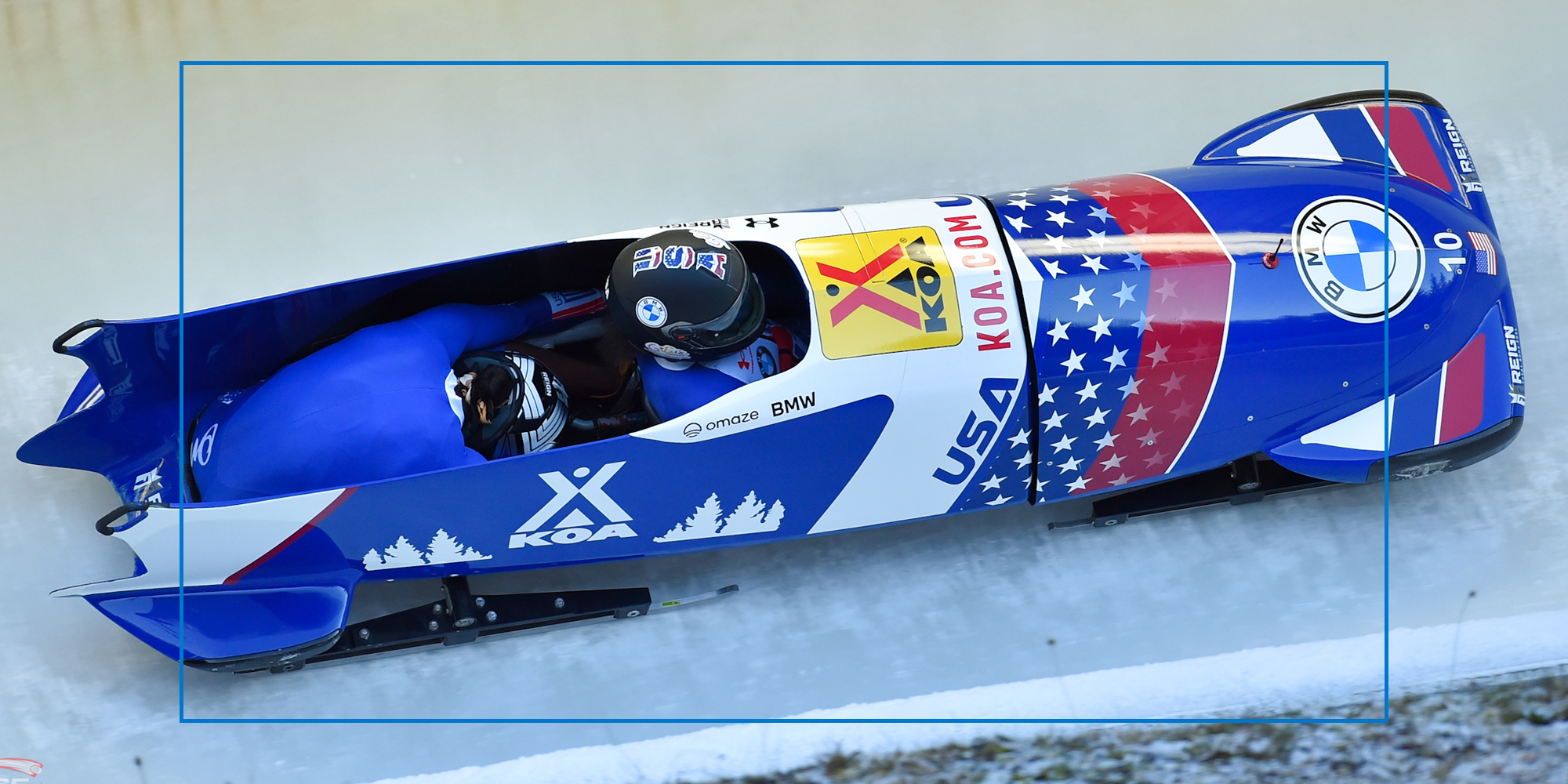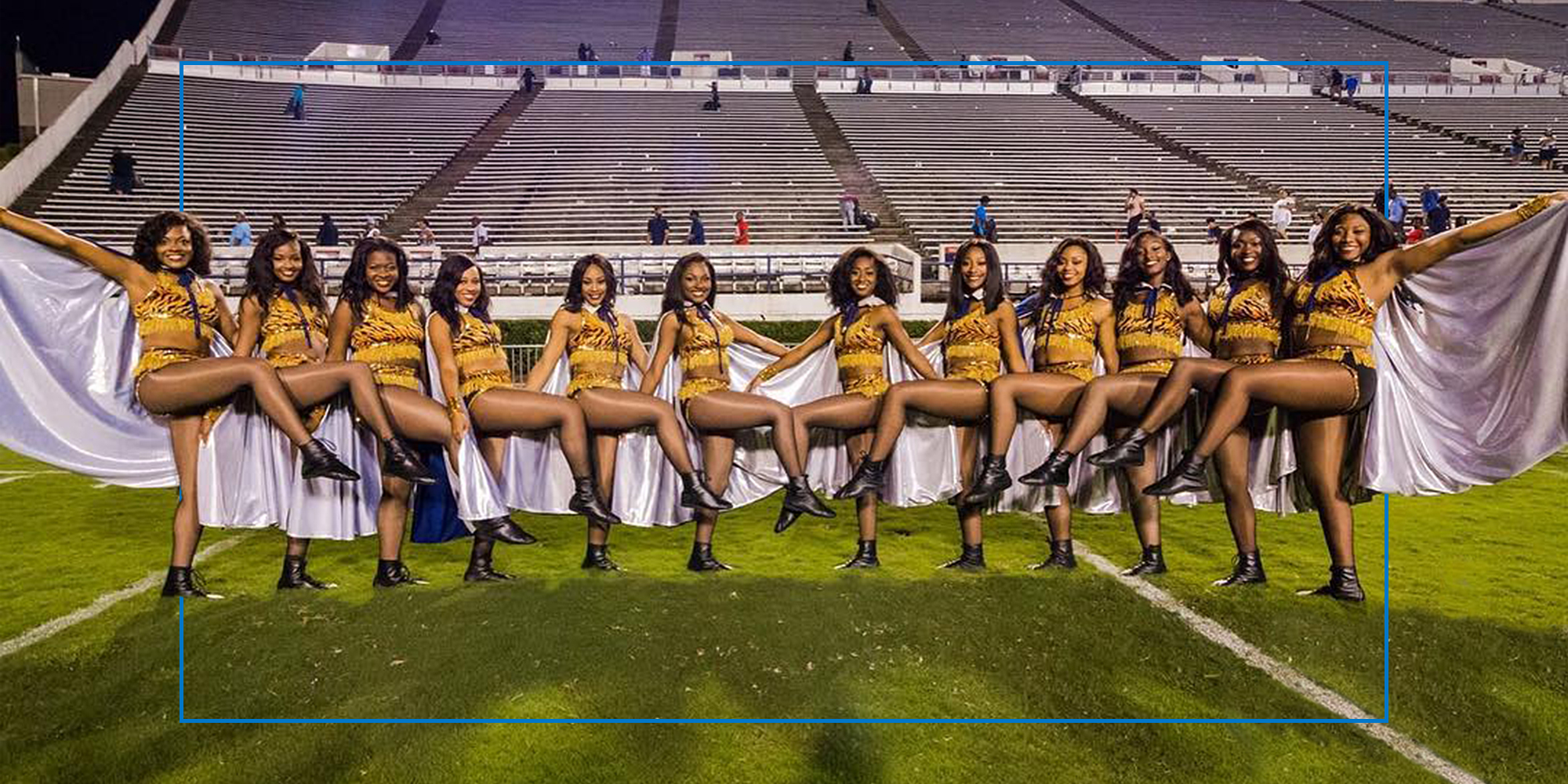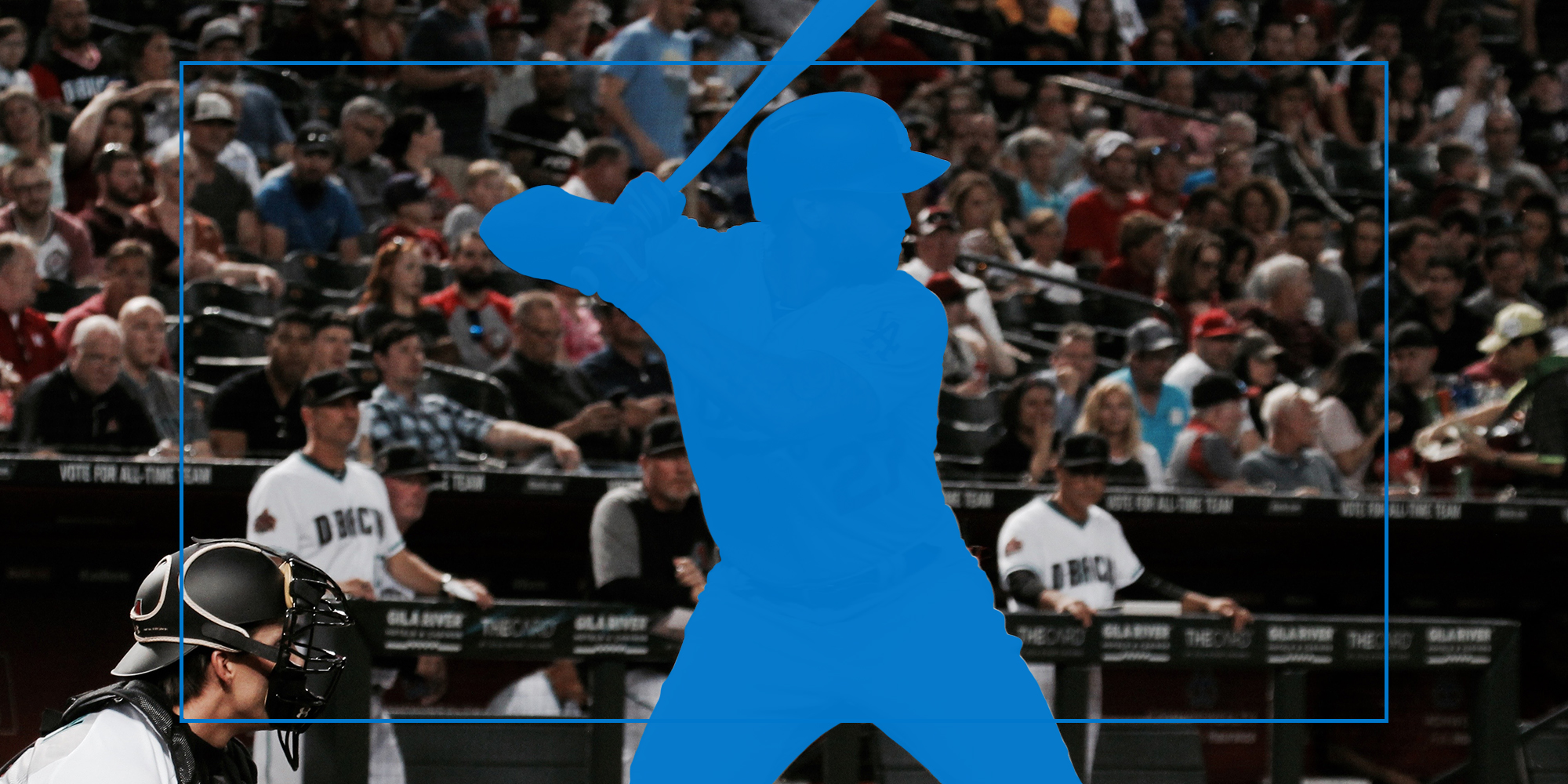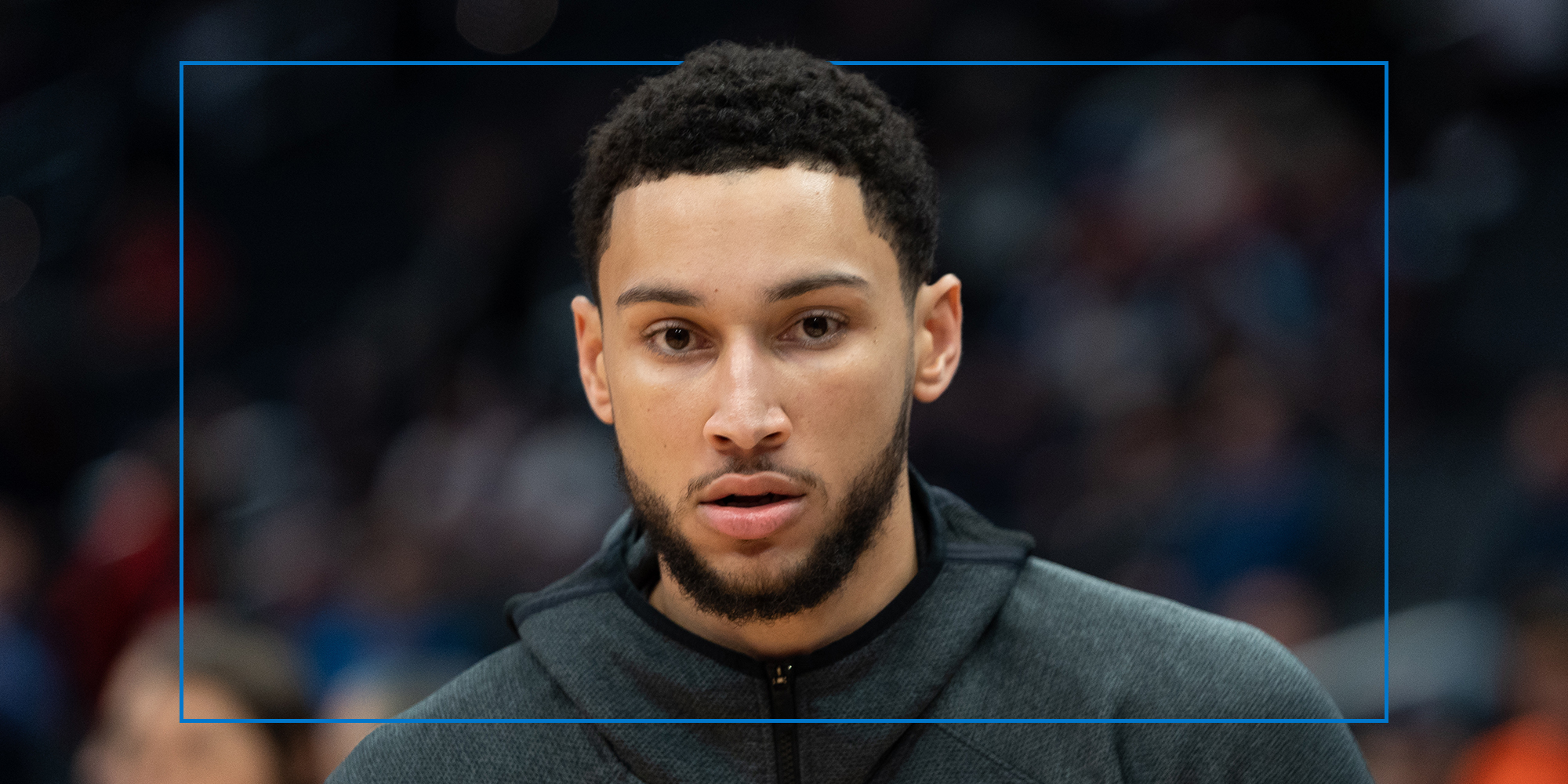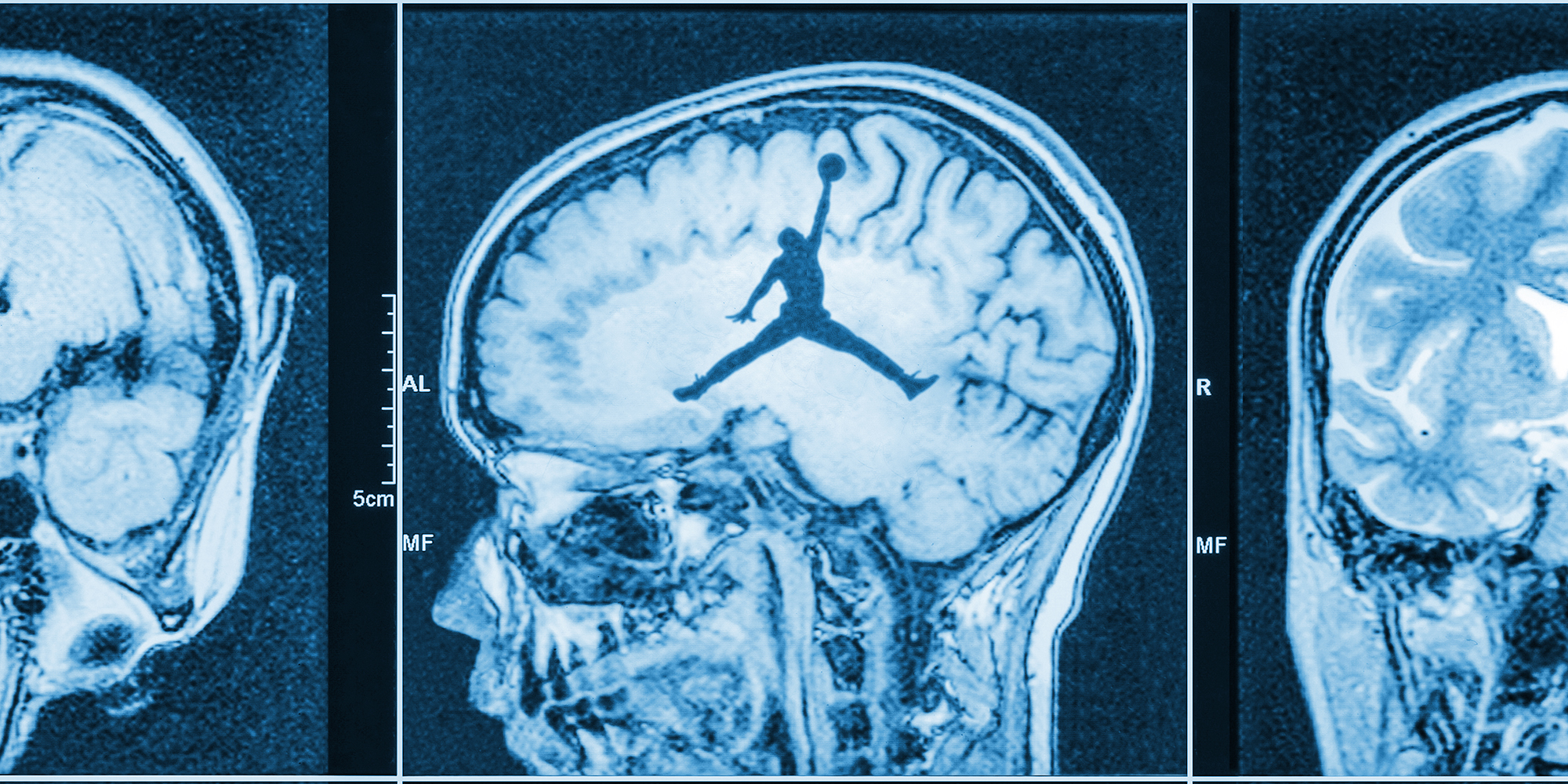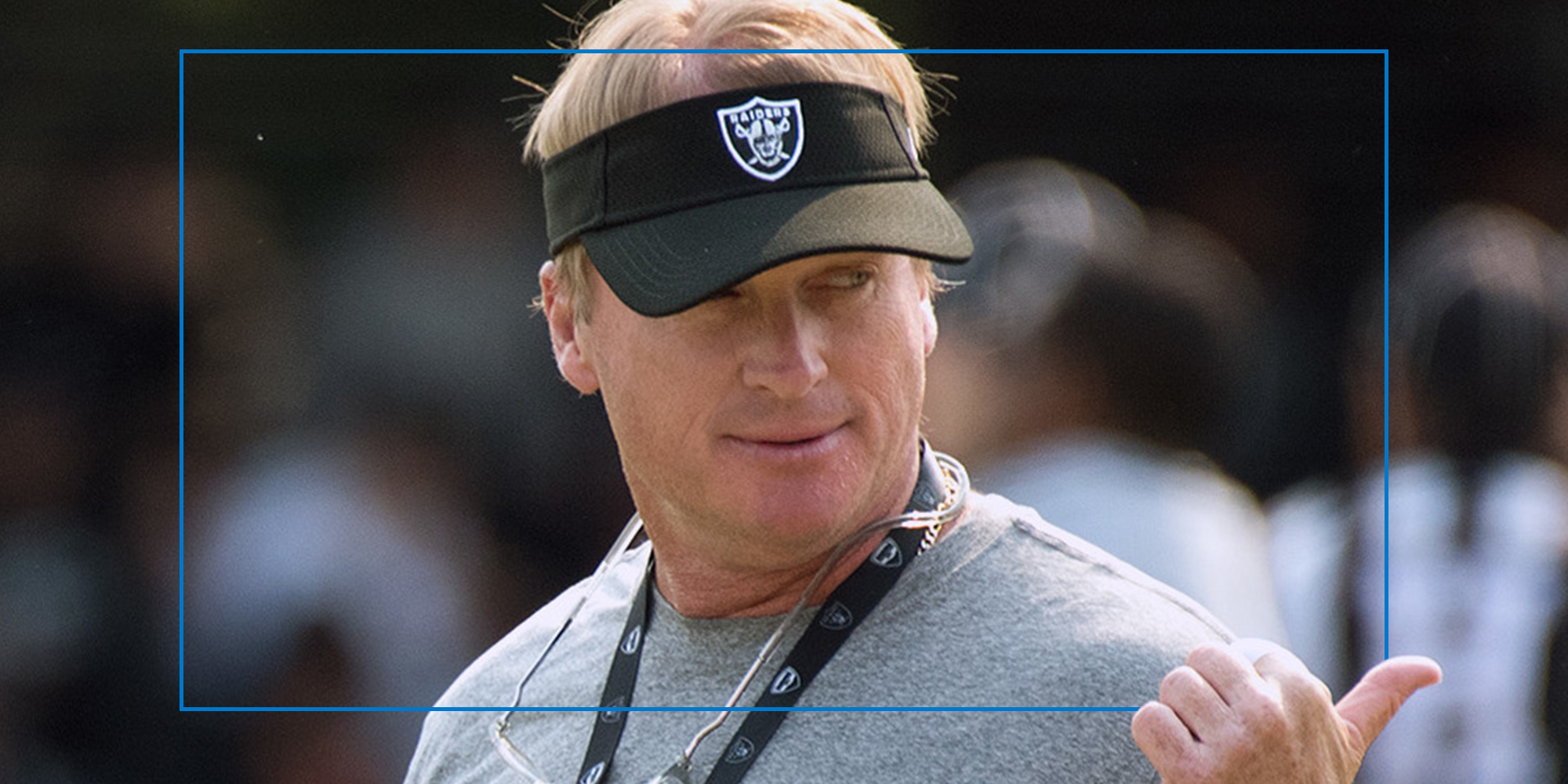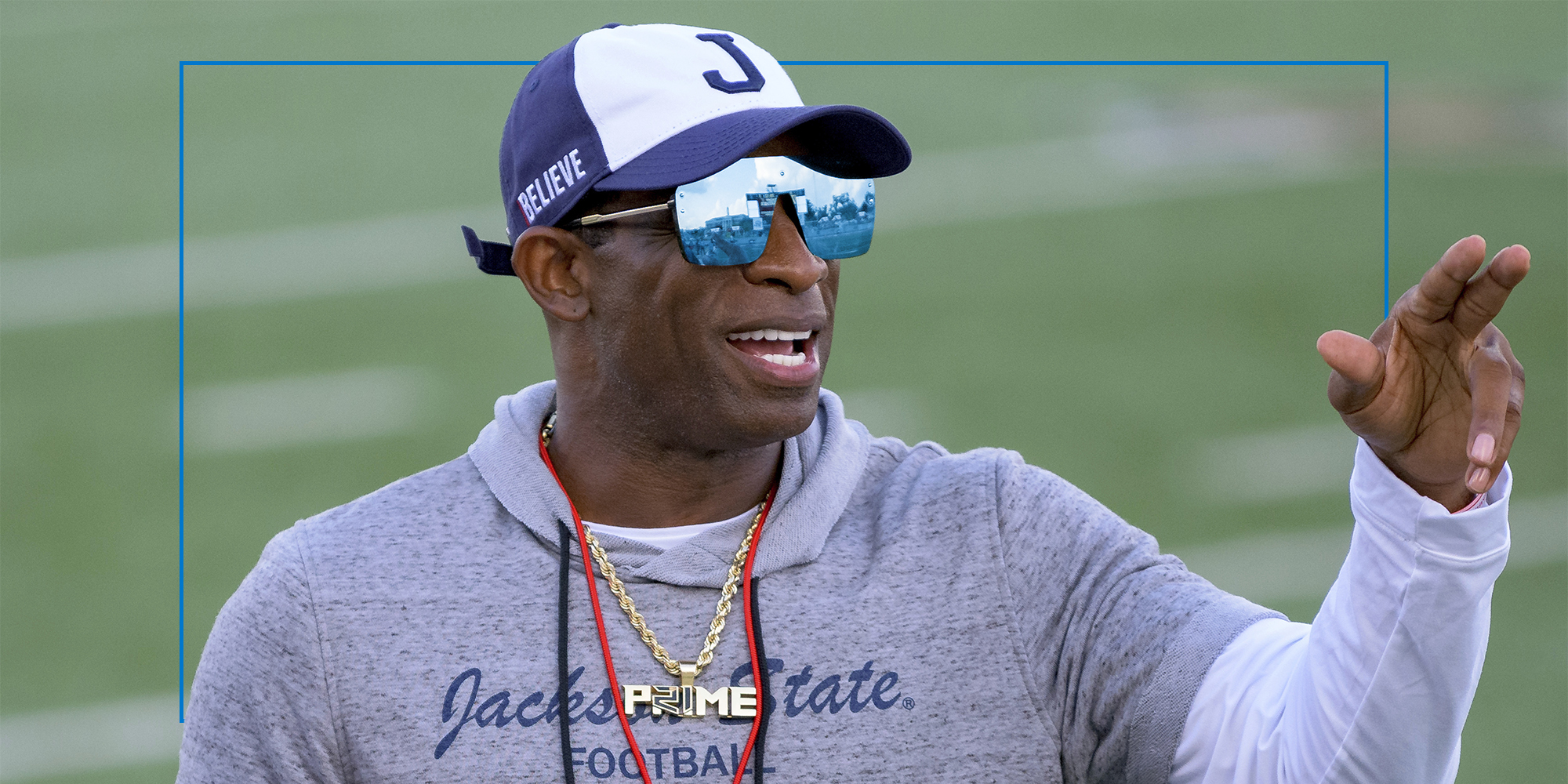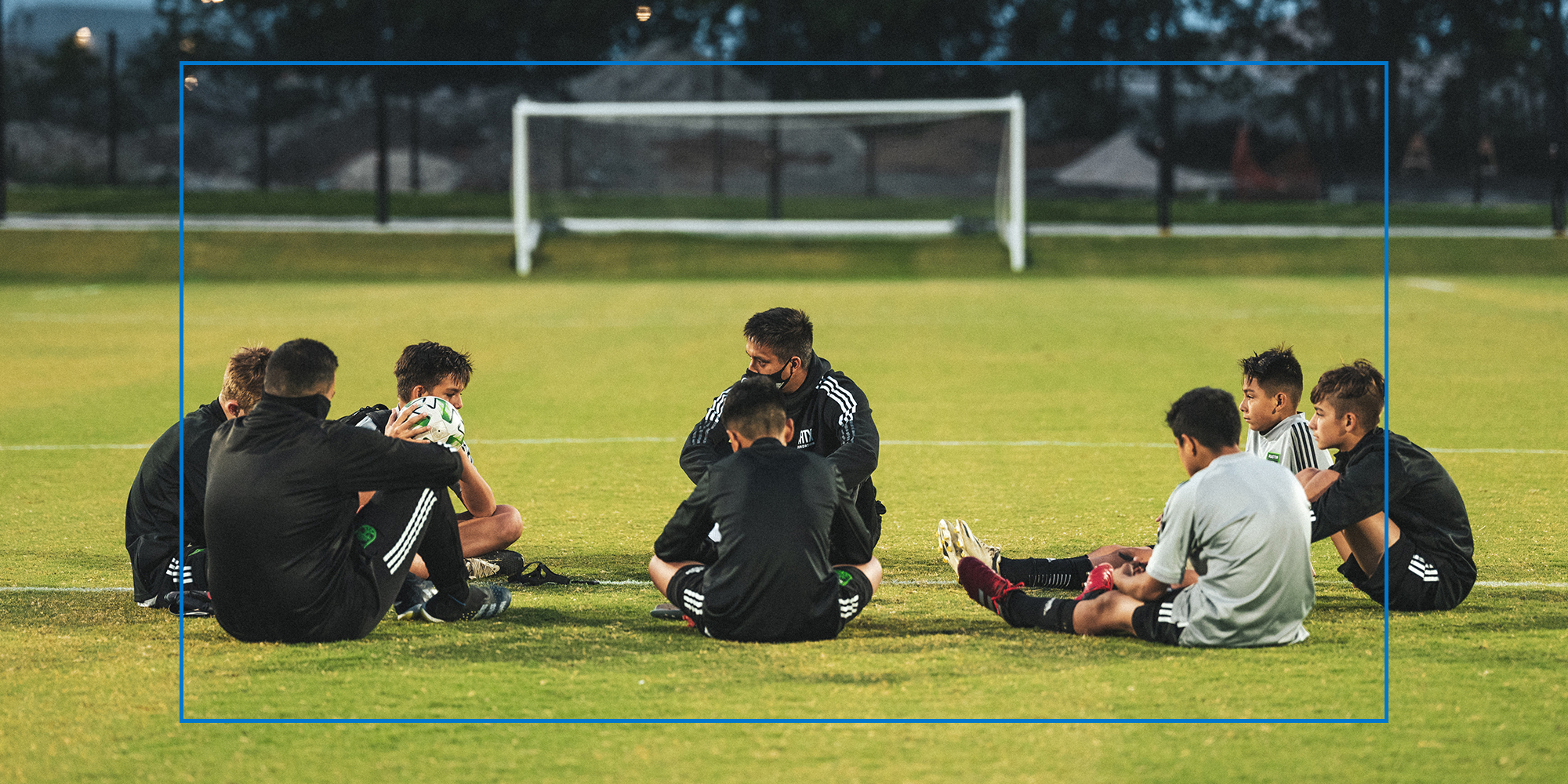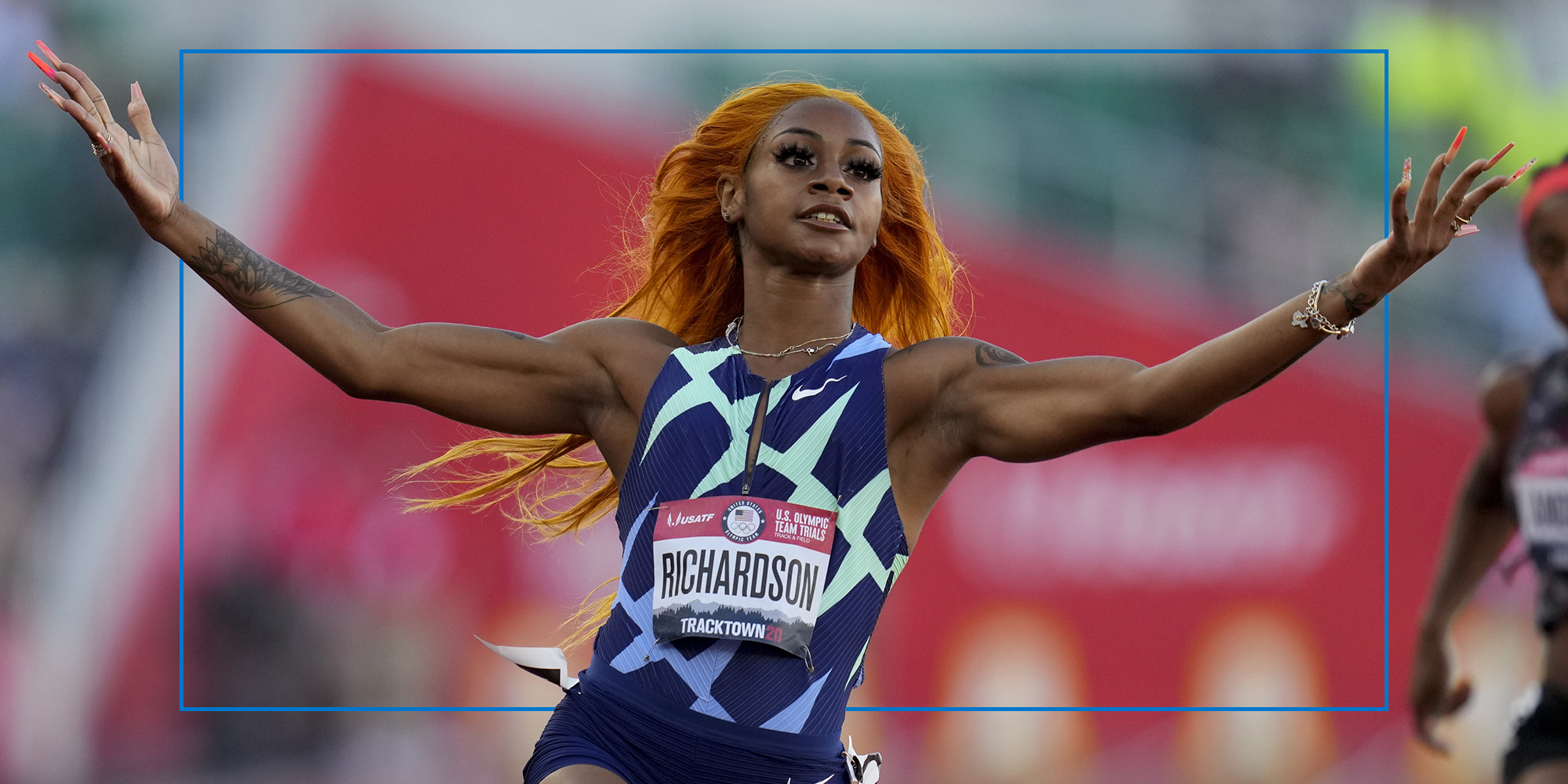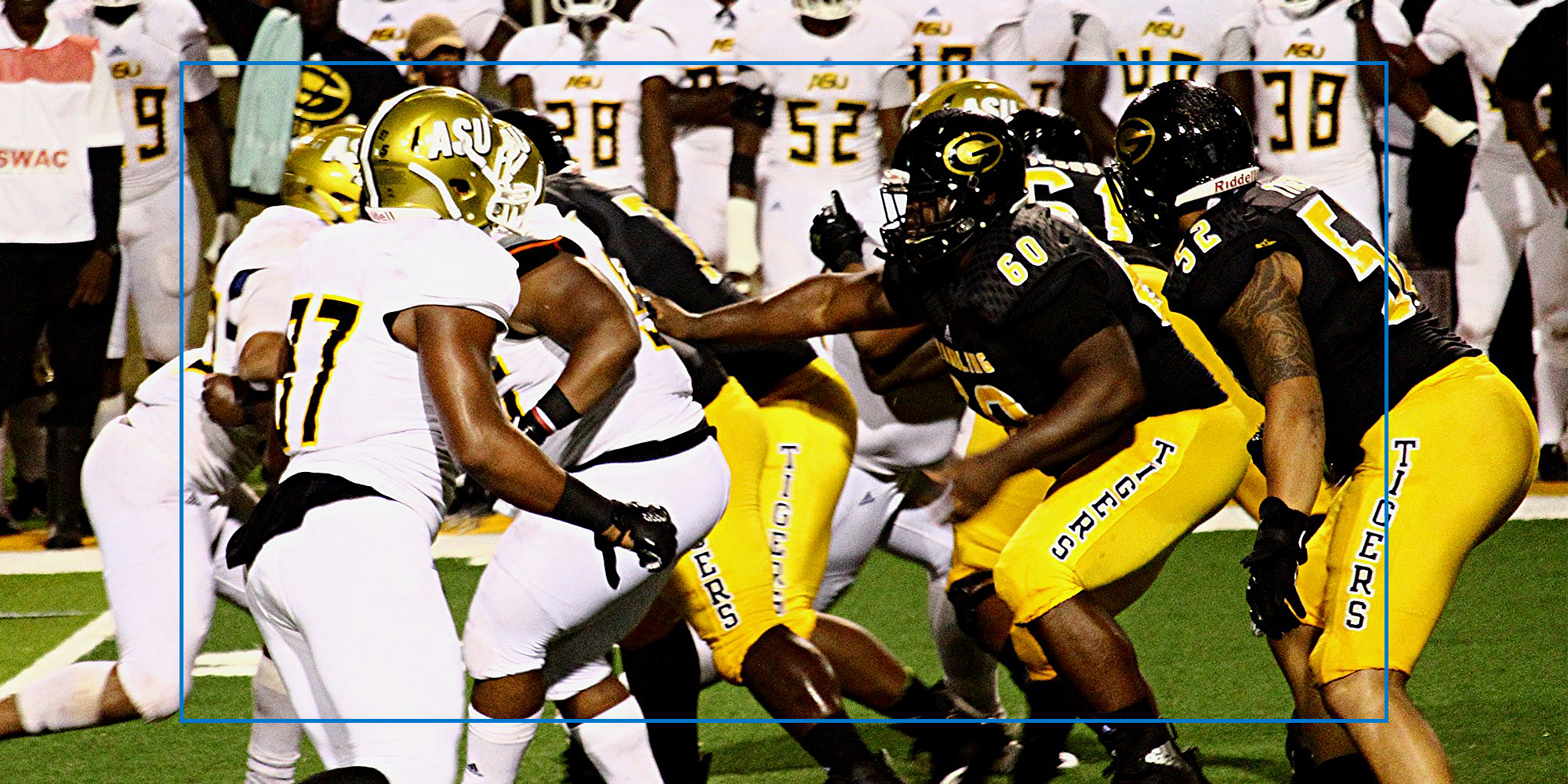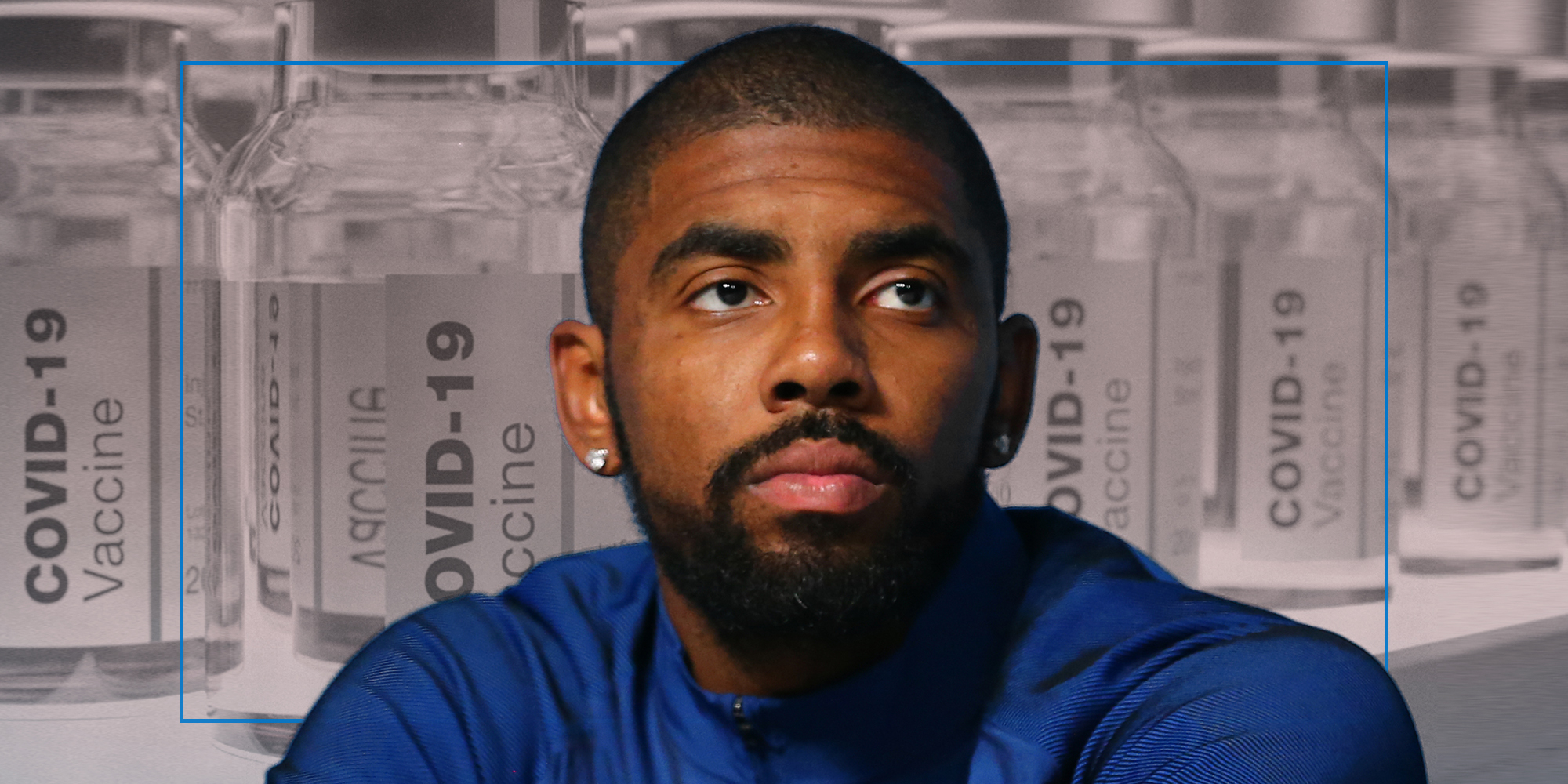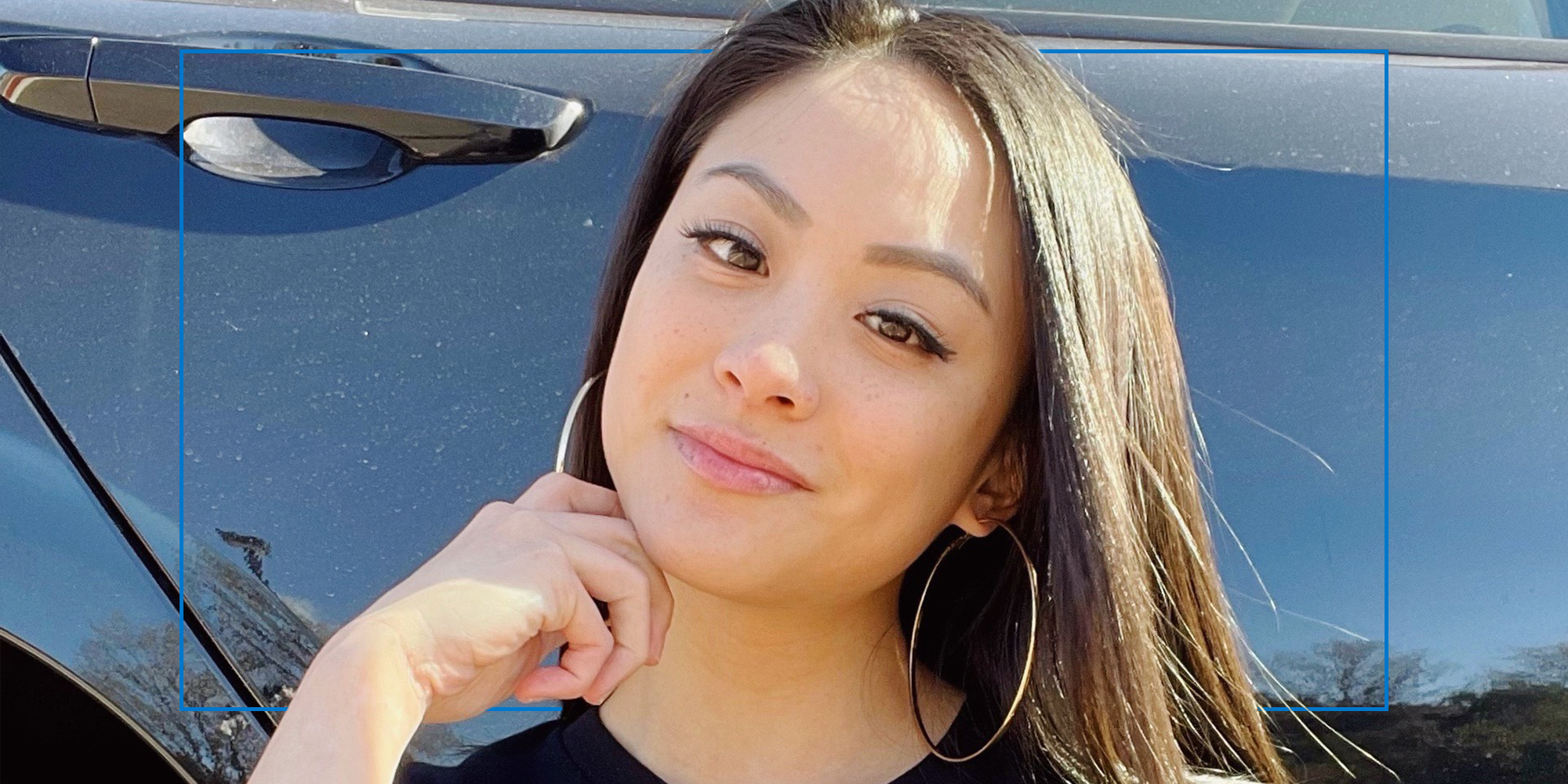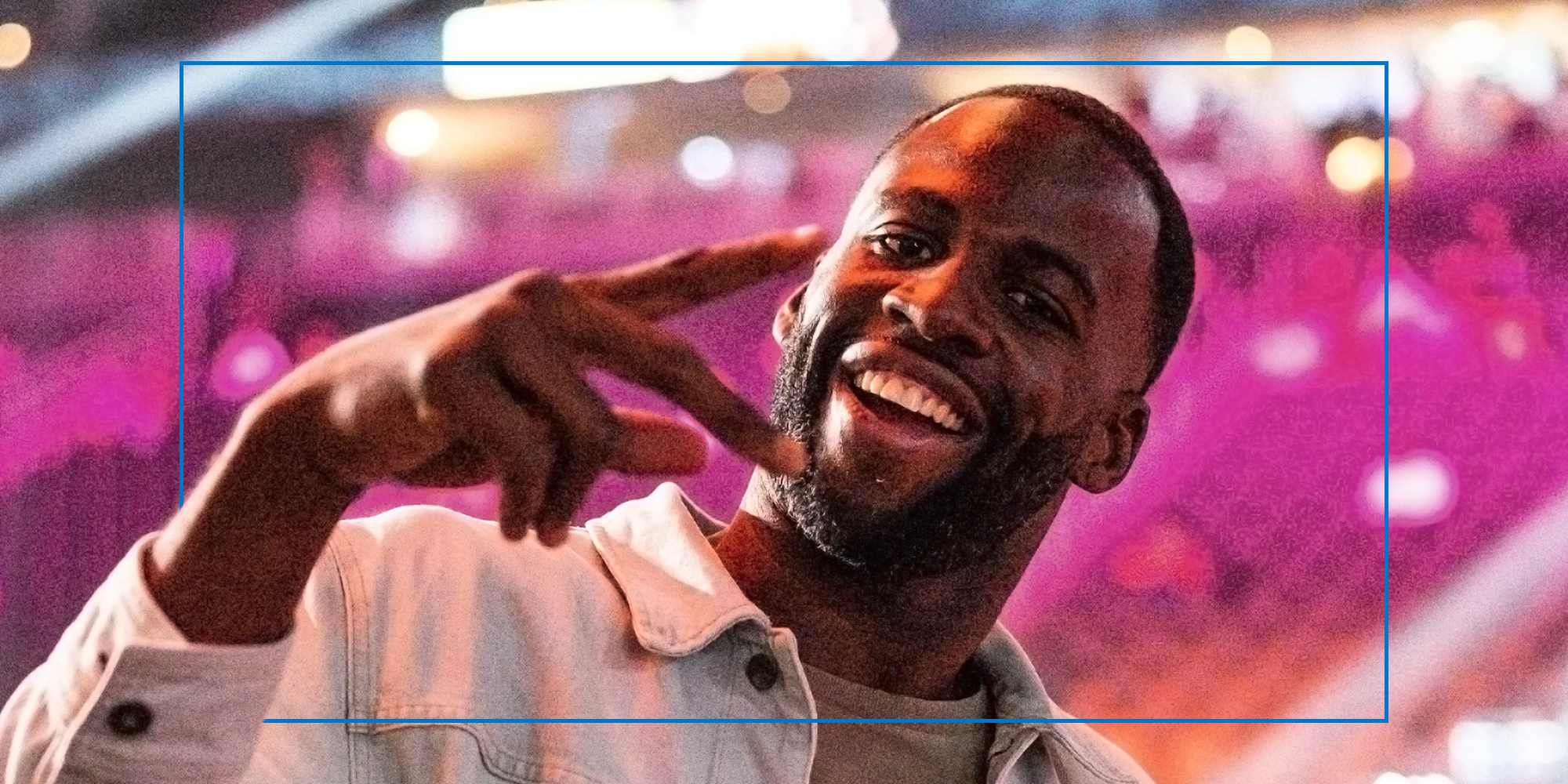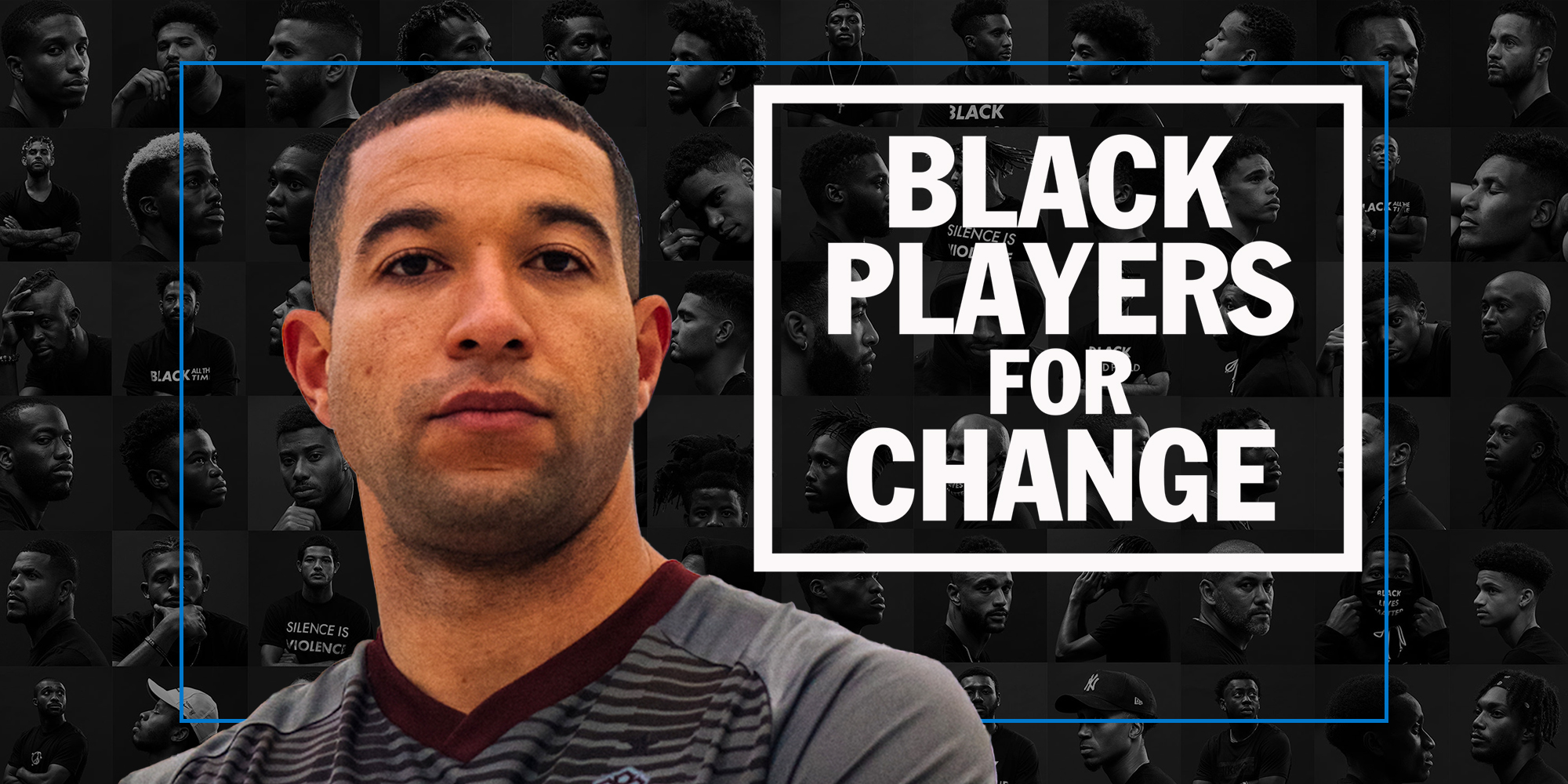Let’s be plain: There’s a lot on the line with Jackson State University Head Coach and Pro Football Hall of Famer Deion Sanders’ goal of ultimate success, which stretches beyond the confines of his institution.
Atop notable “name, image, likeness” rulings that enable student-athletes to sign cash deals while in college, and a pending federal academic discrimination case against the NCAA by former HBCU students, could Sanders be the perfect totem for an army of coaches, leaders, and academics seeking to push historically Black college and universities (HBCUs) from a static position of limbo into a thriving state? Entering year two of his tenure, and following a winning but shortened debut season, he’s certainly talking the talk.
Arguably the biggest name to take on a head coaching job at the collegiate level, the eight-time All-Pro and NFL 100th Anniversary Team member was hired at Jackson State in September 2020 following a high school coaching stint. He instantly stated a desire to shake up athletics at HBCUs and has already thrown progressive views and ideas on the table, including the elimination of revenue-generating (but often “demoralizing”) money games (or paid losses) against name-brand Power 5 conference schools.
More recently and controversially, he’s suggested the expansion of the 101-year-old Southwestern Athletic Conference (SWAC). While commending Conference President Charles McClelland, Sanders openly wished the Mid-Atlantic-based Mid-Eastern Athletic Conference (MEAC), another HBCU conference, “would fold up like a tent and just come on so we could really do this thing like the SEC.”
Though he walked back the “folding” comment, the message was clear: Sanders’ “hope” and “dream” is that some combination of teams from the two conferences conjoins. What is also clear are the stakes.

HBCU athletics exist in a state of perpetual struggle, especially at smaller colleges and those with declining enrollments, small endowments, and aging facilities. Even the well-to-do HBCUs such as Howard and Morehouse lag even behind low- and mid-level predominantly white institutions (PWIs).
These differences are made apparent in the conditions of HBCU athletics programs which are largely strung together on minuscule budgets. Sanders’ goal is to turn this ship of realities around one degree at a time and leverage social media in the course.
Notions of realignment aren’t just about personal wishes; Morgan State Head Coach and former college and NFL star Tyrone Wheatley supported the idea. With a renewed spotlight on HBCUs, stemming partly from Sanders’ arrival, conference realignment could be a financial boon if certain football powers, such as Florida A&M (MEAC) and Grambling (SWAC), for example, competed on a regularly scheduled basis.
The consideration in creating these normalized matchups is creating stiffer weekly competition that stirs up attention… possibly leading to a reversal of the decades-long trend of Black high-end, NFL-level talent regularly choosing well-resourced PWIs.
Though NFL talent can still be found at HBCUs, numerous institutions were once loaded with whom would have been categorized as four and five-star student-athletes before the early ’80s. Jackson State alone boasts Pro Football Hall of Fame members in Chicago Bears legend Walton Payton, defensive back Lem Barney, and offensive line great Jackie Slater.
Today, these elite recruits, especially top-end Black offensive and defensive linemen, have normalized not having HBCUs on their collective radar. This reality stems from an intrinsic, near-impossible ask for the four, or five-star recruit, who is first an impressionable teen: Do you take less in facilities, athletic training, and competition, and put yourself on the line, to be a trend-changer for the culture?
Lack of national or even regional TV exposure is also a compounding issue. Those choosing, then perhaps greatly improving at HBCUs are often overlooked by NFL scouts, which Sanders sees partly also as an internal issue with the lack of support from the community HBCUs directly serve.
“I witnessed a multitude of kids that we played against that were more than qualified to be drafted,” Sanders wrote on Instagram back in May, lamenting athletes who did not get looks from NFL scouts. “My prayers are that This won’t EVER happen again.”
Sanders’ most significant addition to Jackson State and HBCUs at large is the incessant self-leveraging of his social media presence, specifically his 3 million combined followers on Instagram and Twitter. His galvanizing, from-the-mud messaging through social media has been key to his early success. No coach in any sport uses social media more effectively than the former Florida State great.
But is Sanders on the money with his ideas of conference realignment and leveraging of social media? Is he not going far enough?
Many commentators, from academics to former athletes to the parents of potential HBCU recruits, remain intrigued in the present. Sanders had the 55th-ranked recruiting class in 2021, ahead of Kansas State, Duke, Central Florida, and Iowa State. These aren’t exactly perennial national championship contenders, but the story is in the resources. The ACC-located Duke Blue Devils, for example, had a nearly $28 million budget for football-specific expenses. For perspective, Jackson State’s athletic budget during the 2017 fiscal year was $7.6 million—337th out of 347 NCAA Division I schools.
Even if the numbers on a graphic Sanders posted to his Instagram page aren’t exact, they accurately represent a vast disparity in HBCUs and PWIs, even schools not competing for national championships in football: Jackson State has a $2.4 million budget, per the graphic, and Iowa State’s is $29.4 million.
Adding Sanders’ effect on the university’s coffers, a spokesperson told USA Today in April that Jackson State’s athletic department had generated the equivalent of roughly $185 million in advertising and exposure since Sanders became head coach. Even his partnership with controversial Barstool Sports is putting dollars into the program and other HBCUs.
Suffice to say that Sanders’ celebrity and social media leveraging combined with on-field performance (including the flashy uniforms) is helping close the gap for now. Jackson State’s transition to Under Armour from the bottom rungs of Nike’s priority list has helped the program make a social splash.
But is all this sustainable?
Phillip Lamarr Cunningham, associate professor of media studies at Wake Forest University, believes there is something to Sanders’ ascendence, telling the Daily Dot: “It sort of supports the idea that you’re reaching out to a new generation of social media-savvy users, and as a result, if you have some form of public presence on social media, you have high engagement on social media, and that student or potential player is also high-use on social media, then the potential is certainly there for new universities, that didn’t have much in the way of recruiting power, to suddenly have some.”
Cunningham also believes it’s entirely too early to see sustainability out of one man’s actions, even Sanders, and also to consider social media as a reliable leveling mechanism for lower-resourced schools. However, he concedes underrated and undervalued prospects will be in play for Jackson State, but he thinks “some of these places that are brand names in the sport are going to continue to be the brand names. The rich are certainly going to get richer.”
And the poor have remained poor. Even Sanders’ proposition on conference realignment is fraught with significant roadblocks in resources often dependent on football programs. Once again, a resource review at Jackson State compared to Iowa State or Kansas State, for example, is critical.
Let’s say that hypothetically those latter two universities are left out in the cold if the Big 12 dissolves in the next few years into a less formidable conference, following Oklahoma and Texas’ impending departure to the Southeastern Conference (SEC). Even if either or both the Cyclones or Wildcats went into smaller conferences or their football resource pools shrink somewhat, they will not face the often stark choices most HBCUs make as they traverse through their schedules. For example, travel—a fundamental consideration facing HBCUs looking to expand their schedule map—is not an issue for universities in well-funded Power Five or Group of Five macro-leagues.

Conference realignments aren’t only about football; by in large, most of the institution’s sports would also realign.
“There are other programs at HBCUs, other than the football programs, that depend on the limited money that is either generated by the football program, which might not be a lot,” Javier Wallace, former Florida A&M football player and Race and Sport Postdoctoral Associate in the African and African American Studies Department at Duke University, tells the Daily Dot.
Wallace remarks that though Sanders has managed to boost Jackson State individually, financial considerations often generated from “historical injustices” prevent most HBCUs from making drastic changes or high-dollar expenditures. He recalled the coaching staff and players voting on shuttling options to Miami for a game, with cost a significant consideration—even from Tallahassee, Florida.
“When I was playing in the 2000s, the reason why certain institutions did not play each other consistently was because of geography and the cost associated with travel,” explains Wallace. “When you think about this [potential conference realignment or program additions] in places that have shoestring budgets like Jackson State, what does that look like for Texas Southern University to have to travel to Baltimore, Maryland to play Morgan State? That is a lot of money.”
Travel is but a single issue within a multitude of trip hazards. Wallace also notes that Sanders’ ideas aren’t new; others have presented similar plans with the same fundamental obstacle—the scarcity of resources outside the handful of name-brand members of the 98 HBCUs across America.
Sanders and others desire visibility, which would require regular matchups of HBCUs lacking the means to travel inter-regionally week after week. Sanders, though, has been steadfast in his mission and has made it personal.
“The playing field is horrible,” Sanders told the Mississippi Clarion-Ledger discussing inequalities HBCUs face during a SWAC media call in January. “It’s not a level playing field. It’s unacceptable. Thank God that God called me to change the game, to open their eyes, to open the door, not just for Jackson State, but for everybody.”
In the end, everyone I interviewed believed Sanders’ success (Jackson State is 3-1, including a competitive loss to Louisiana-Monroe) would be predicated whether the social media-intensive marketing leads to the recruitment of elite talent that produces wins. Jackson State’s last complete winning season was in 2013 when the Tigers went 7-4 (7-2 in SWAC.)
Suppose Sanders, along with former Heisman Trophy-winner Eddie George at Tennessee State and former NFL running back Tyrone Wheatley at Morgan State, thrives. Other former NFL stars (and overlooked coaching wunderkinds) could land at more institutions, with success potentially begetting success.
“They might not have the same facilities as Ohio State and all those different things,” Eric Moore, a pastor, former Oklahoma quarterback/receiver, and parent of a high school athlete currently being recruited tells the Daily Dot. “But what you’ve got is people who have experienced the game, who can prepare you for the pro level.
“I think a lot of parents and athletes are watching to see what Jackson State does. And if he can win and produce talent and get some people in the league on a national level, I think you’ll start seeing some athletes go that way.”
See more stories from Presser – examining the intersection of race and sports online.

